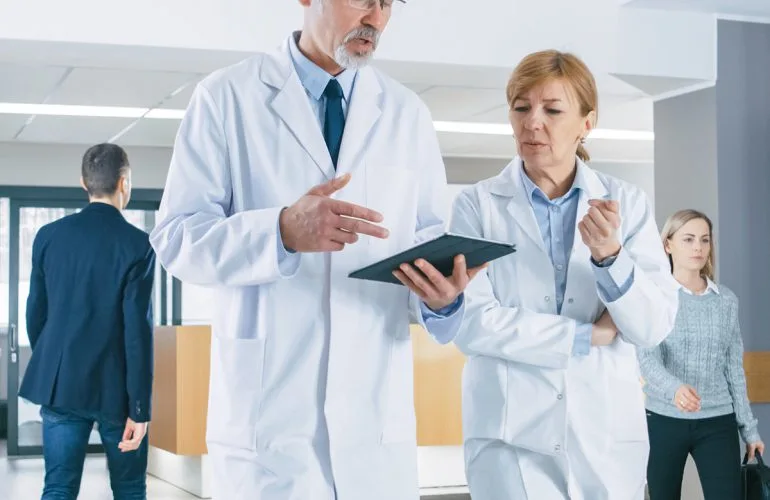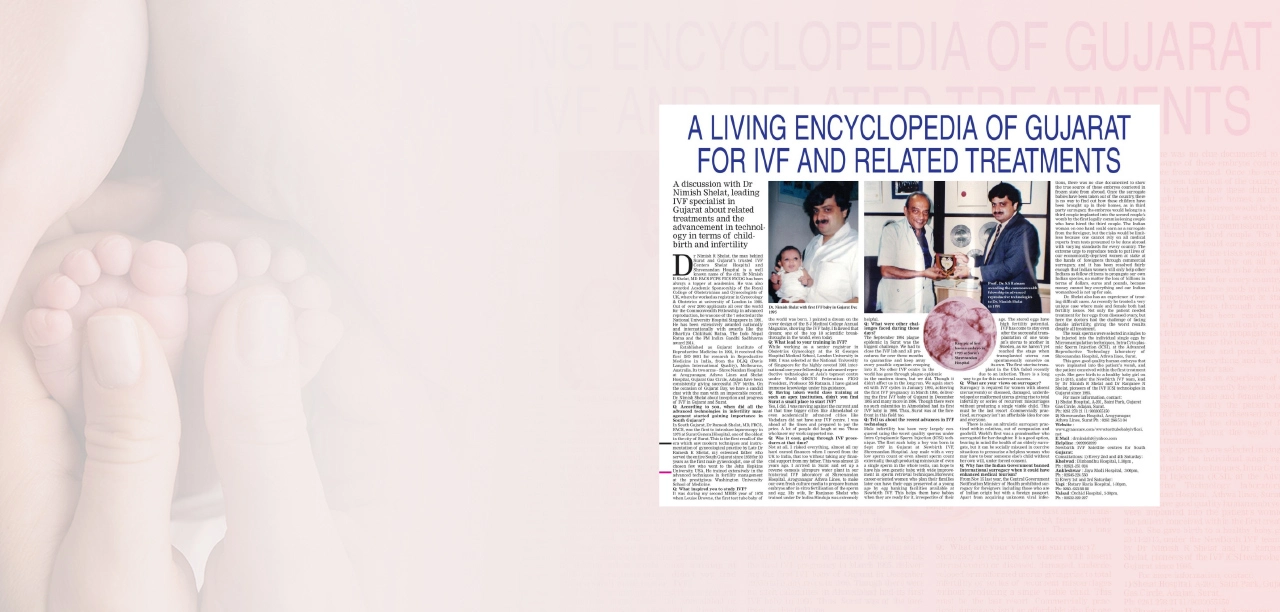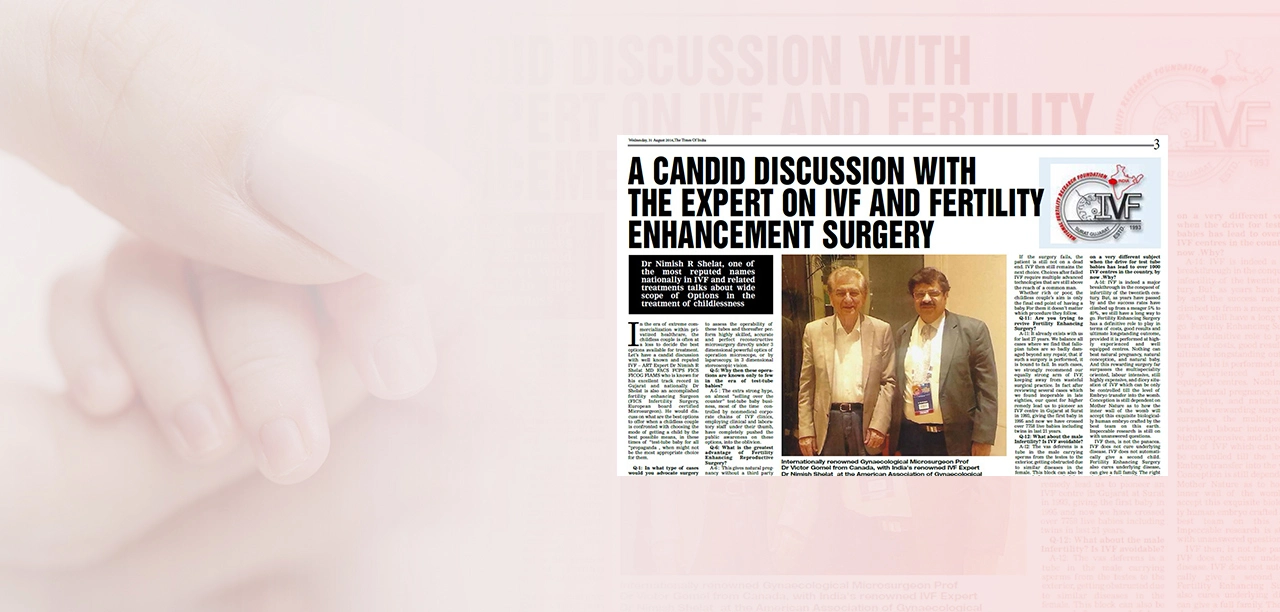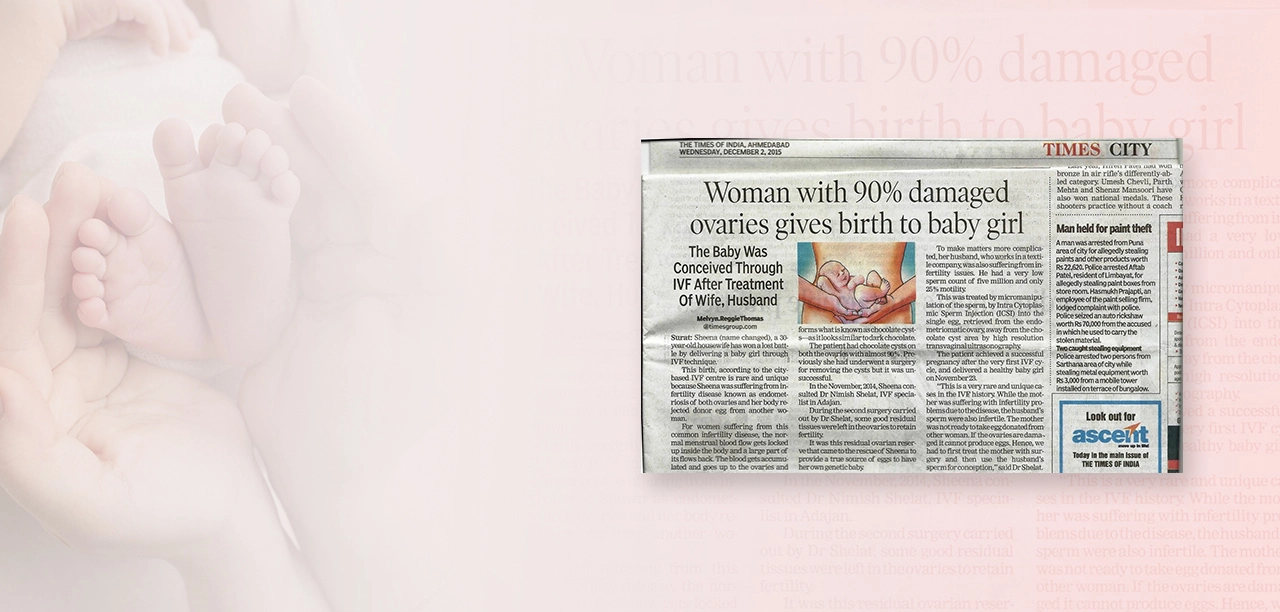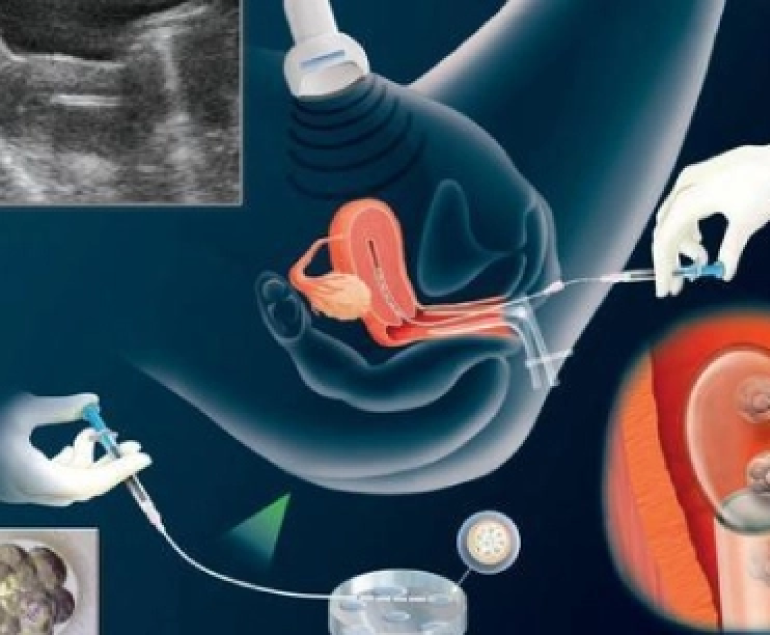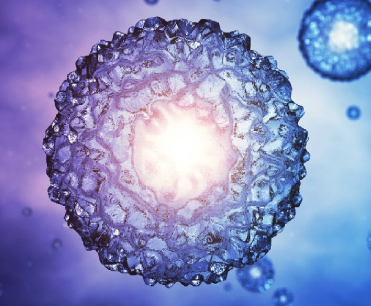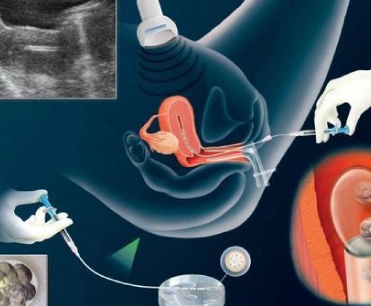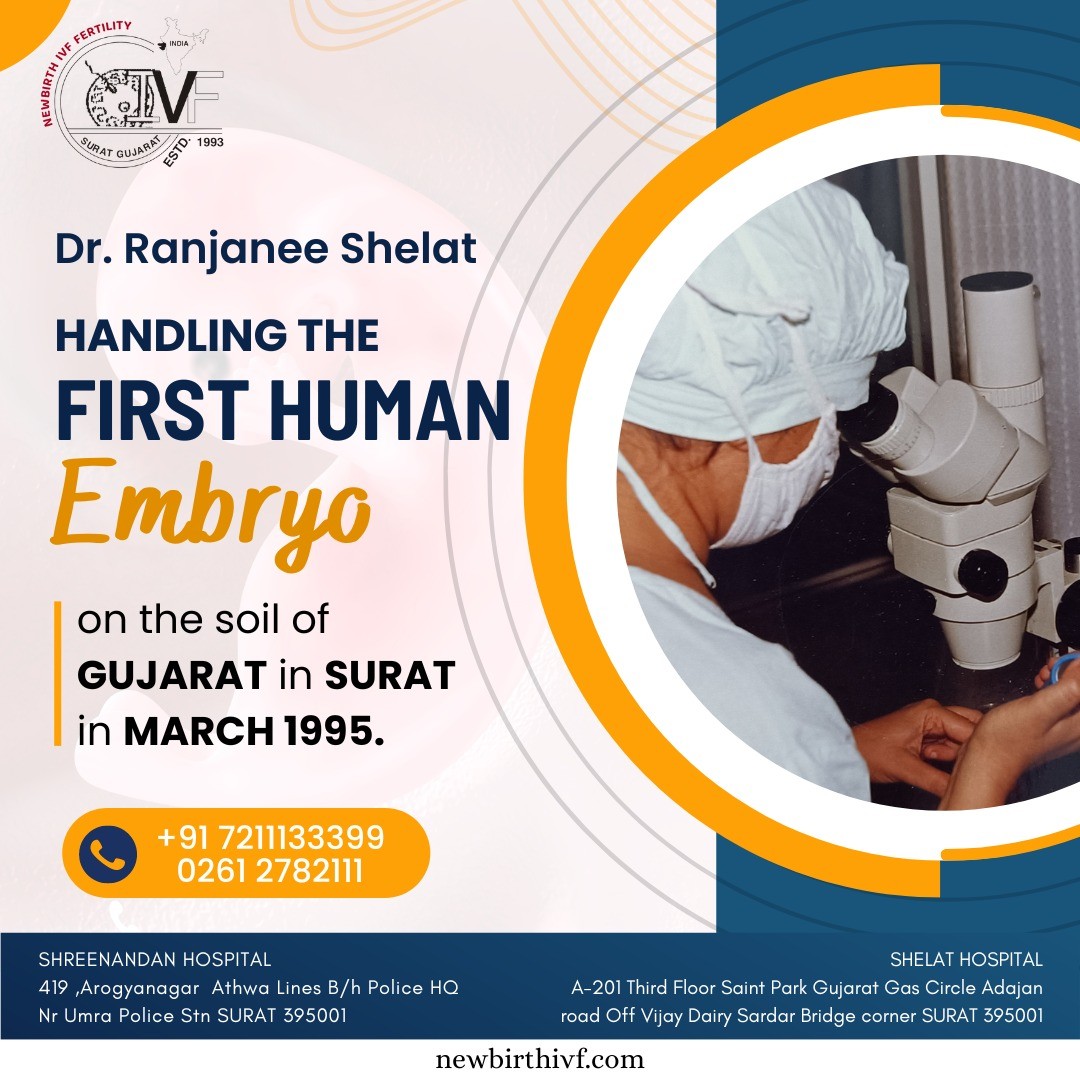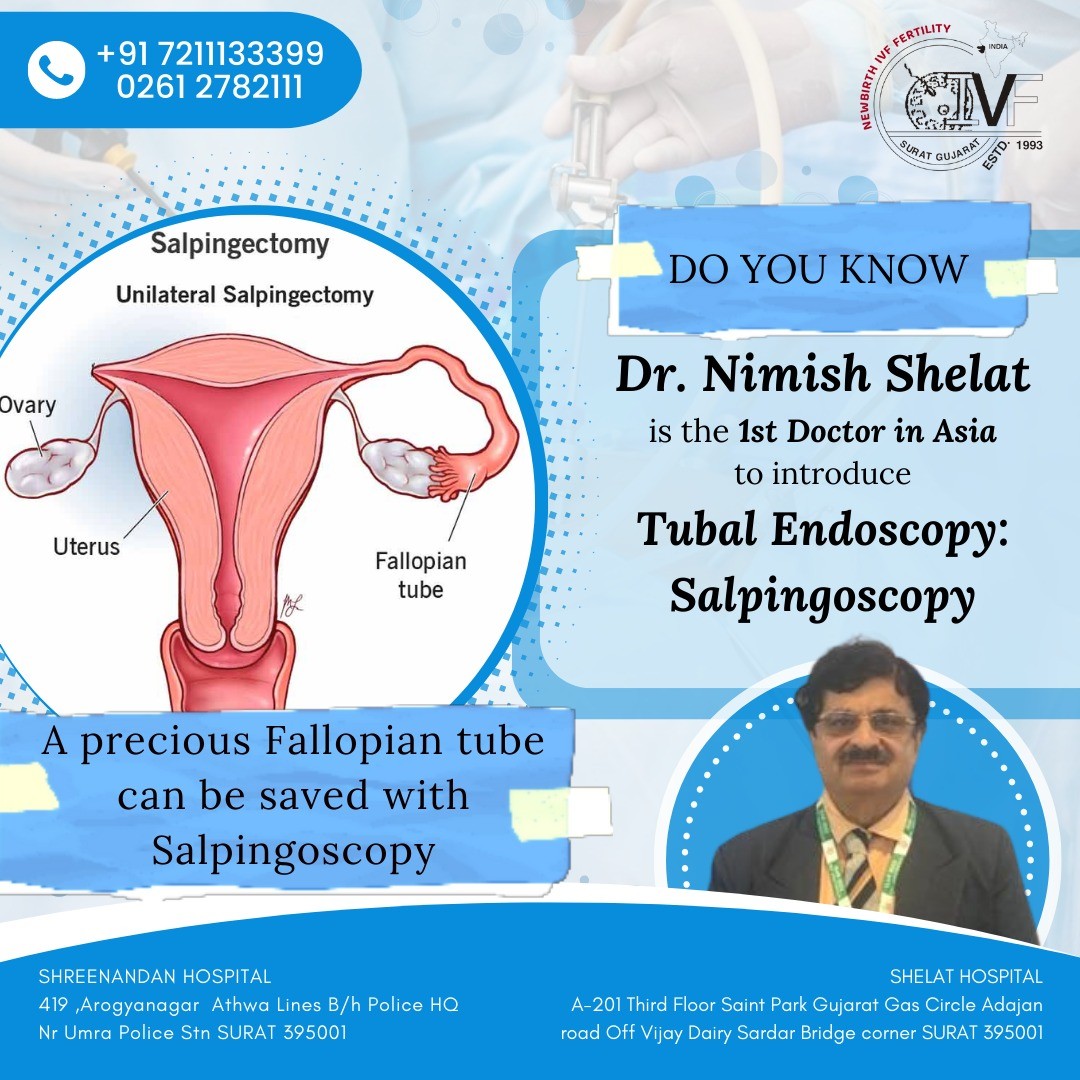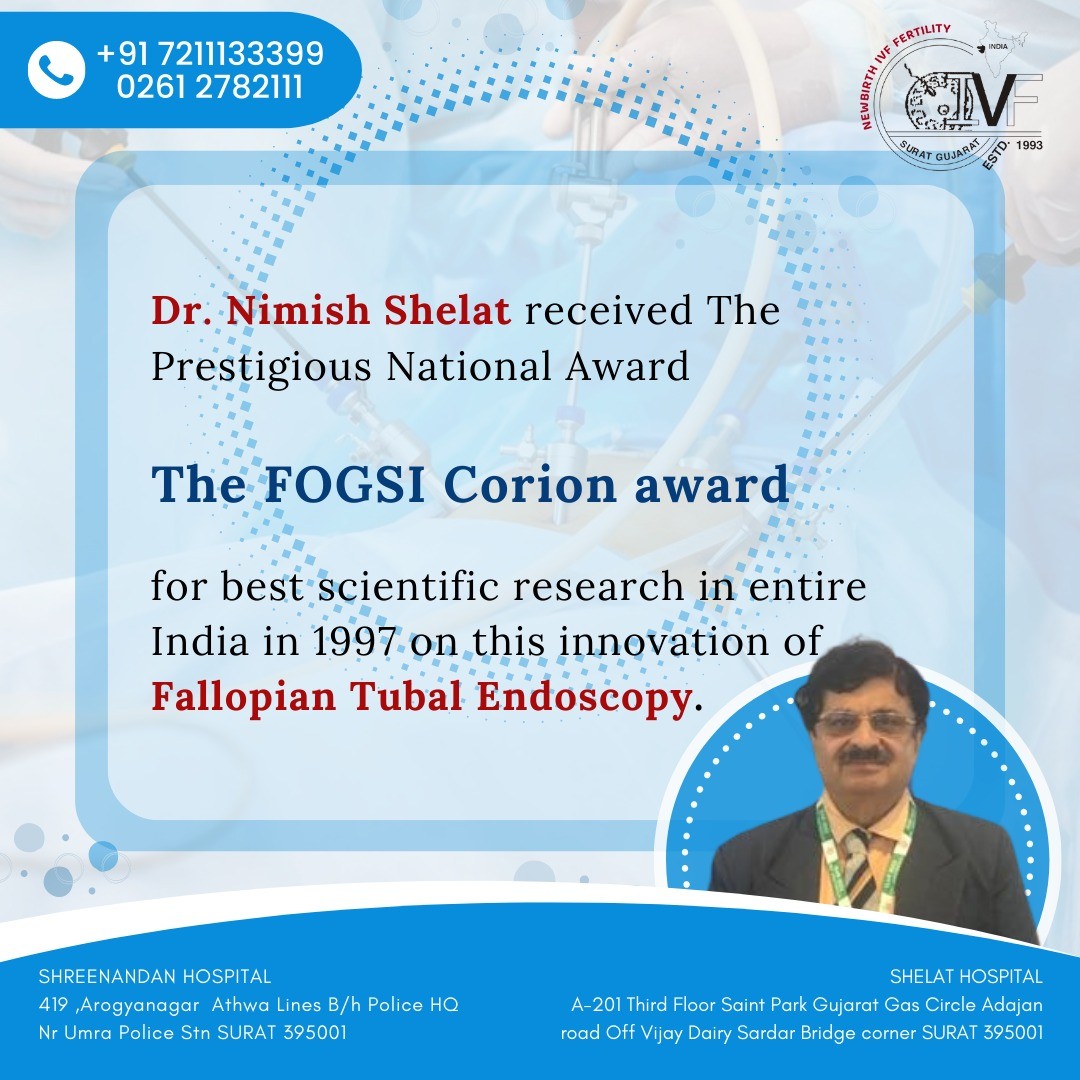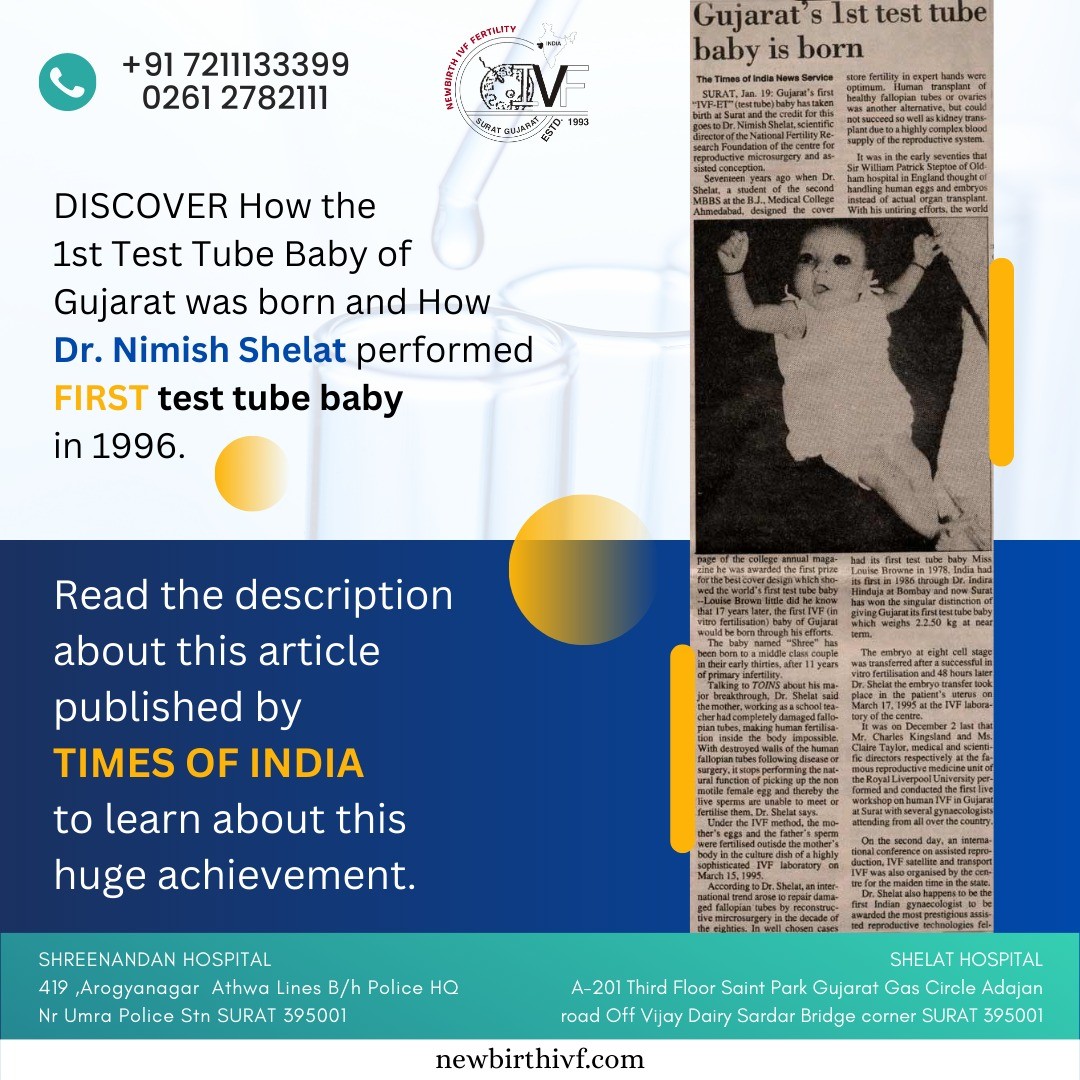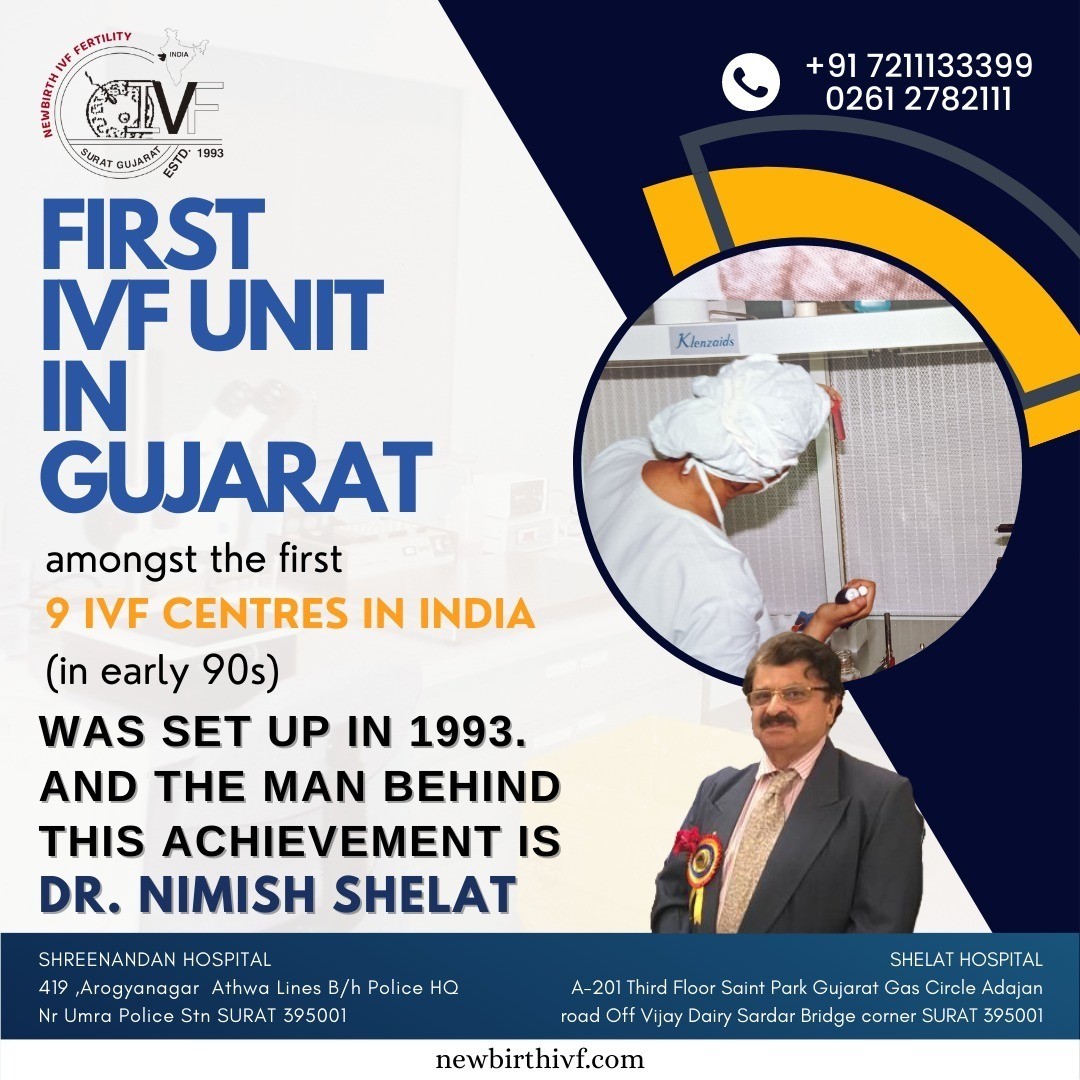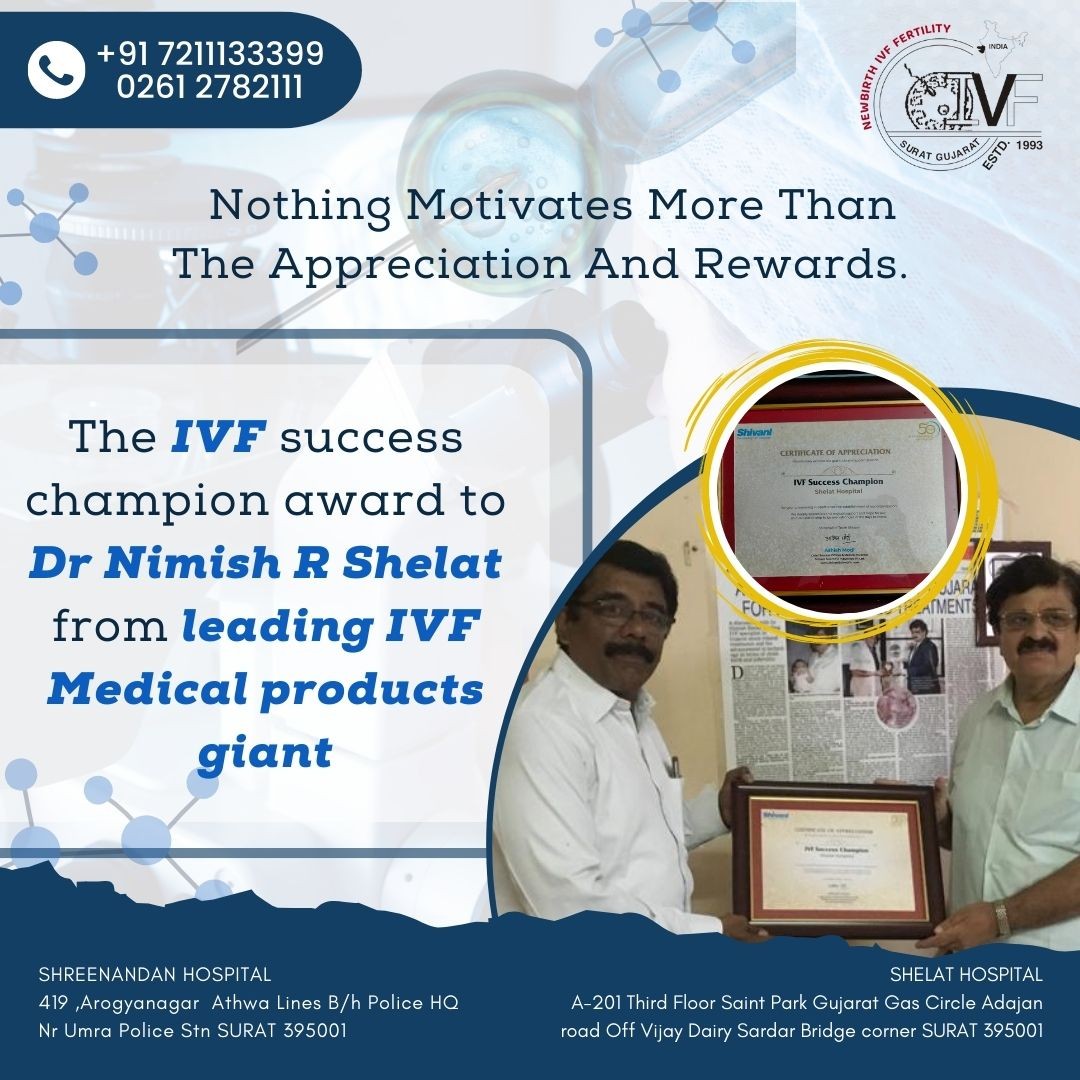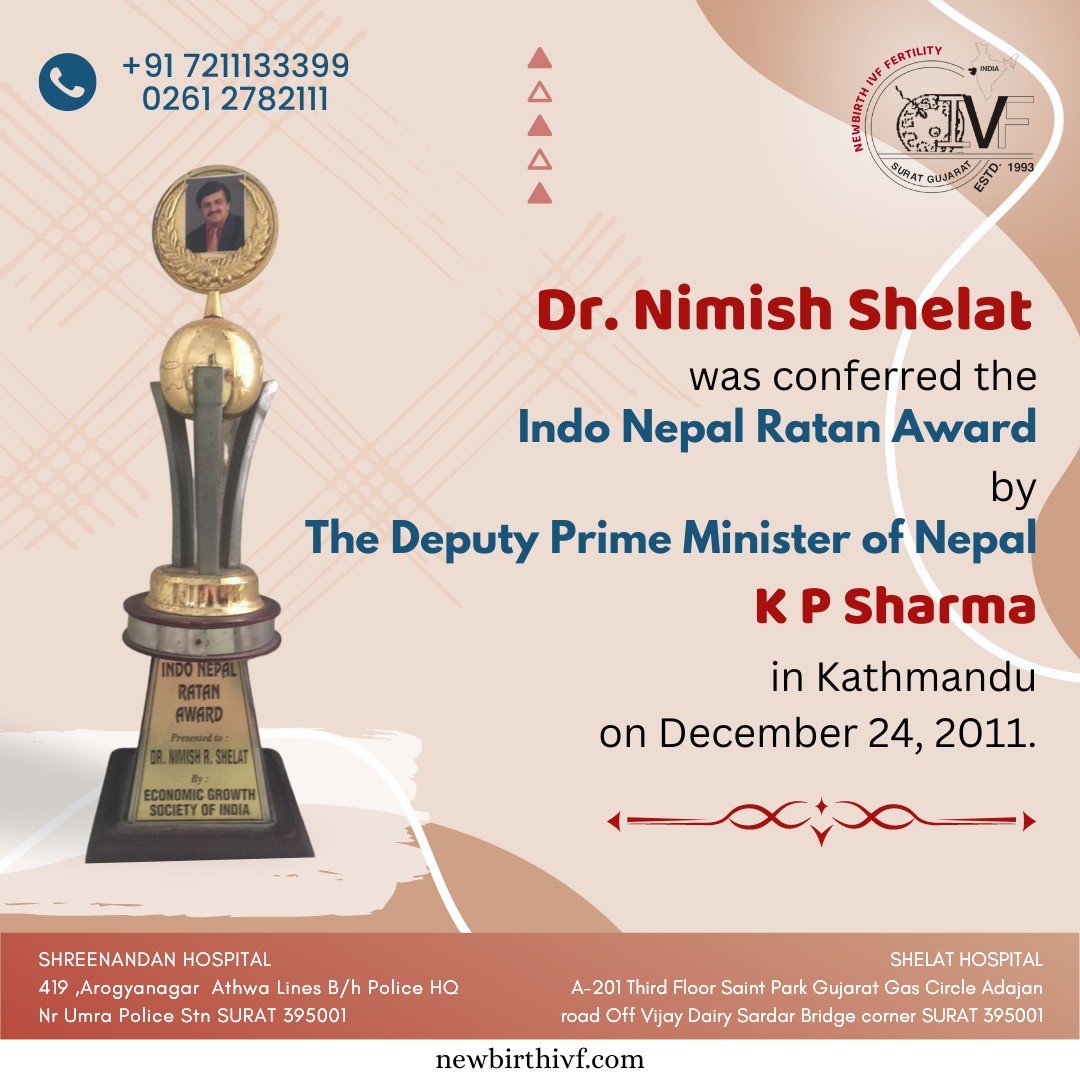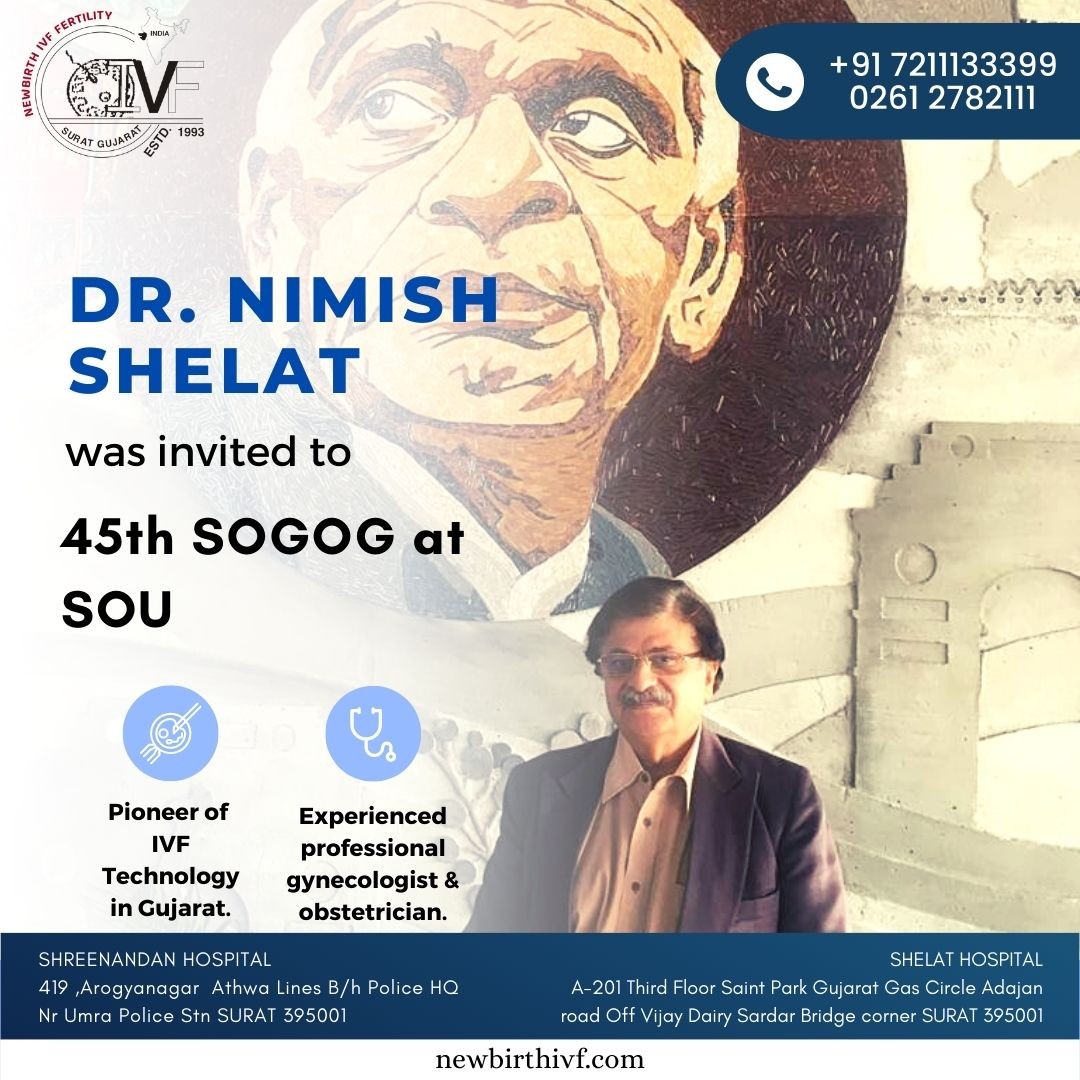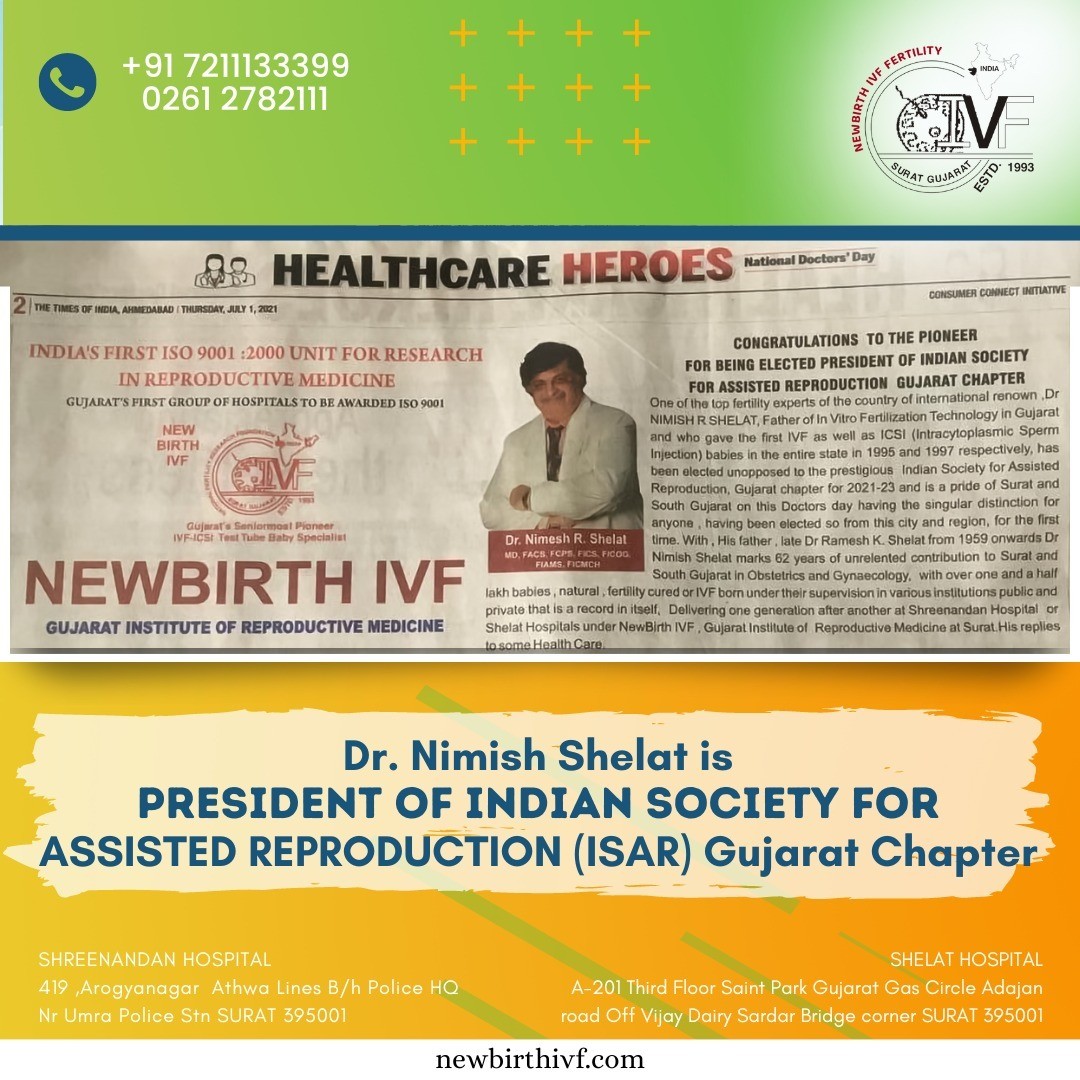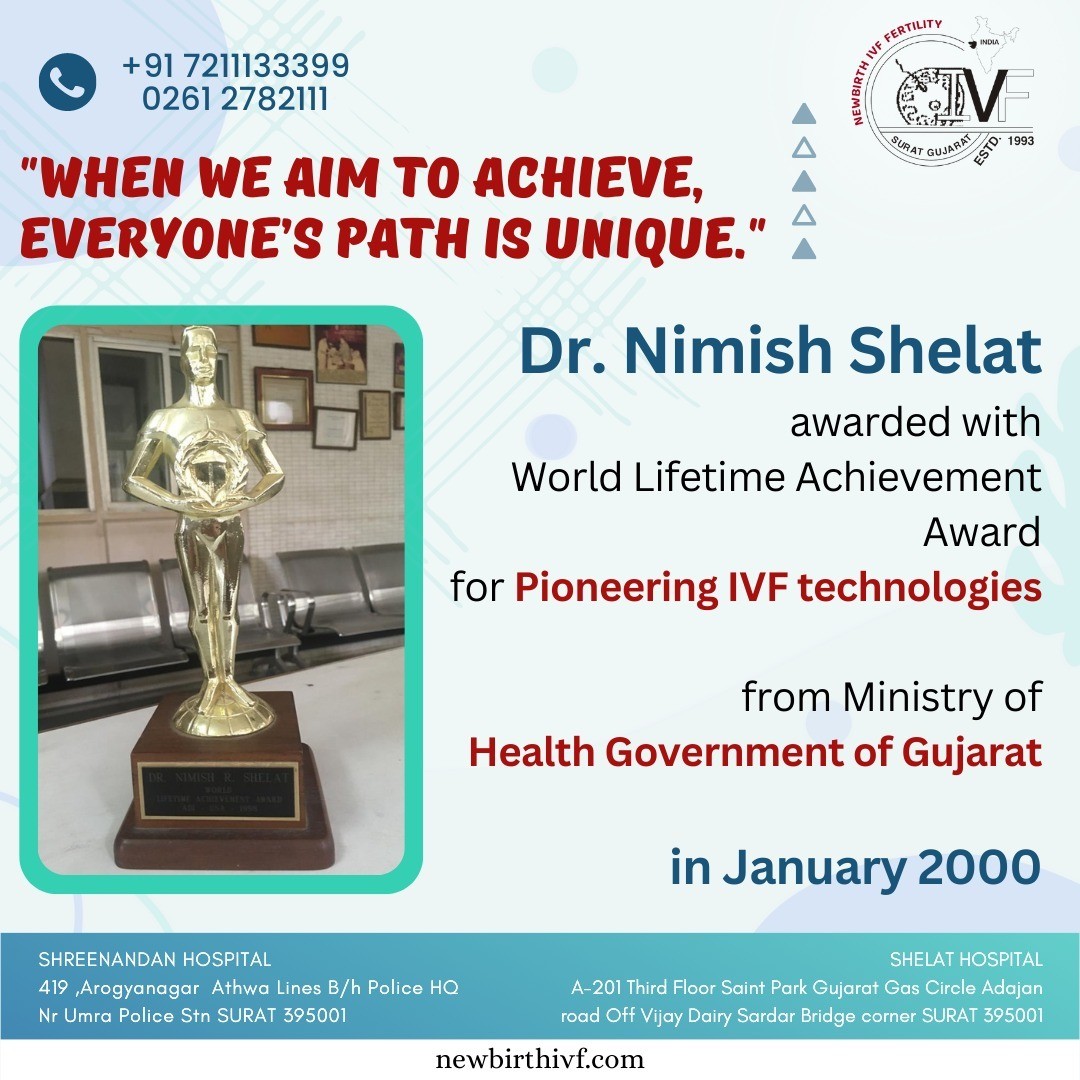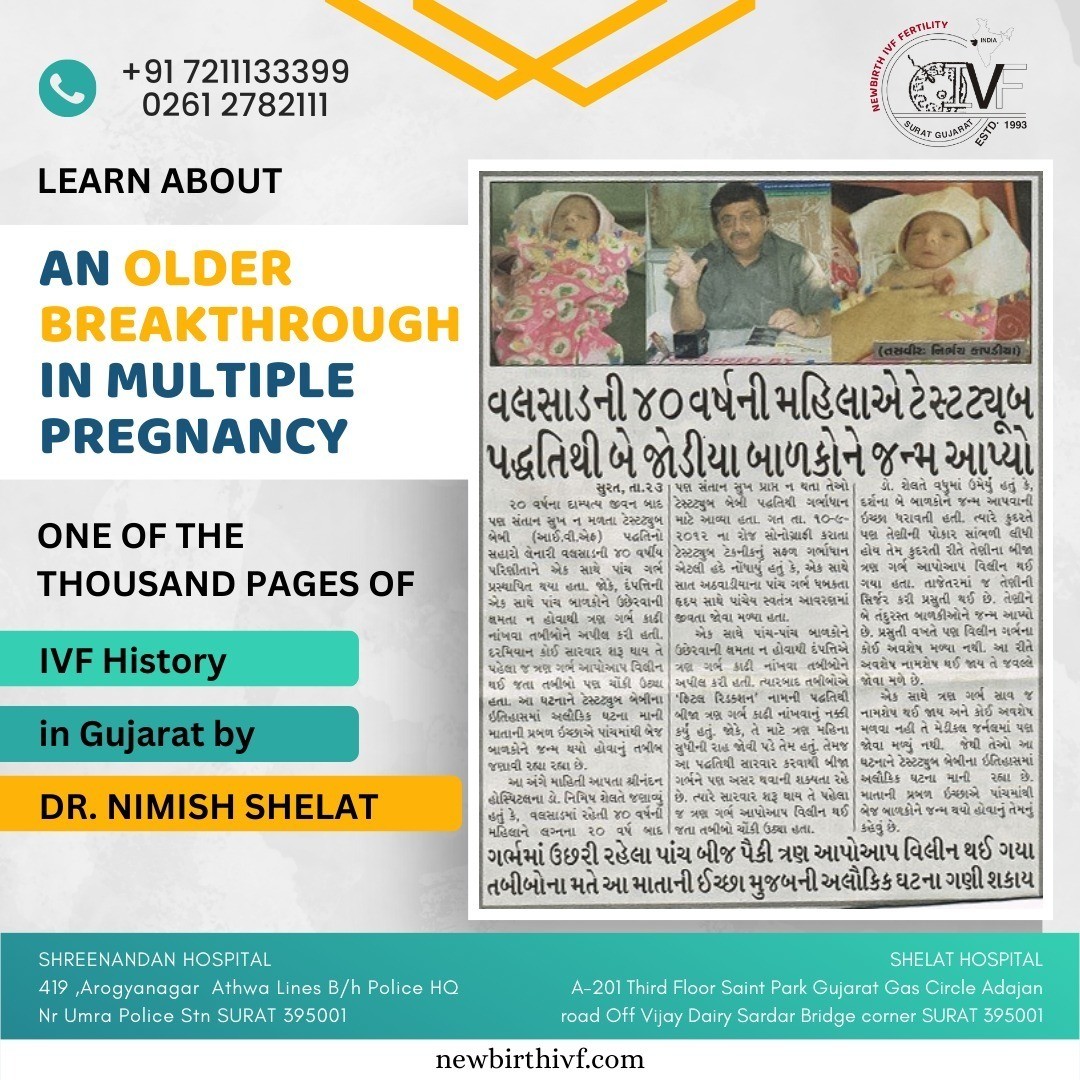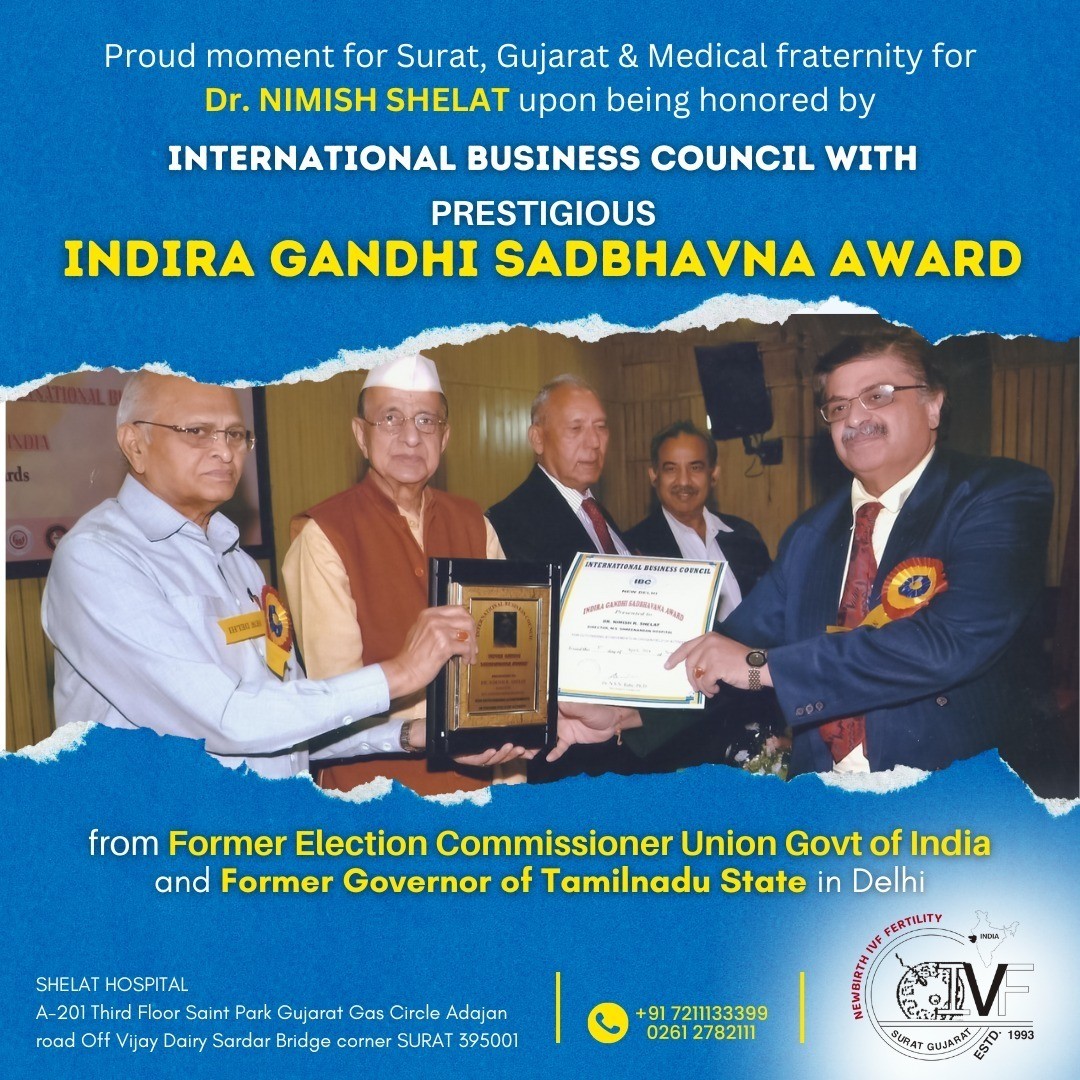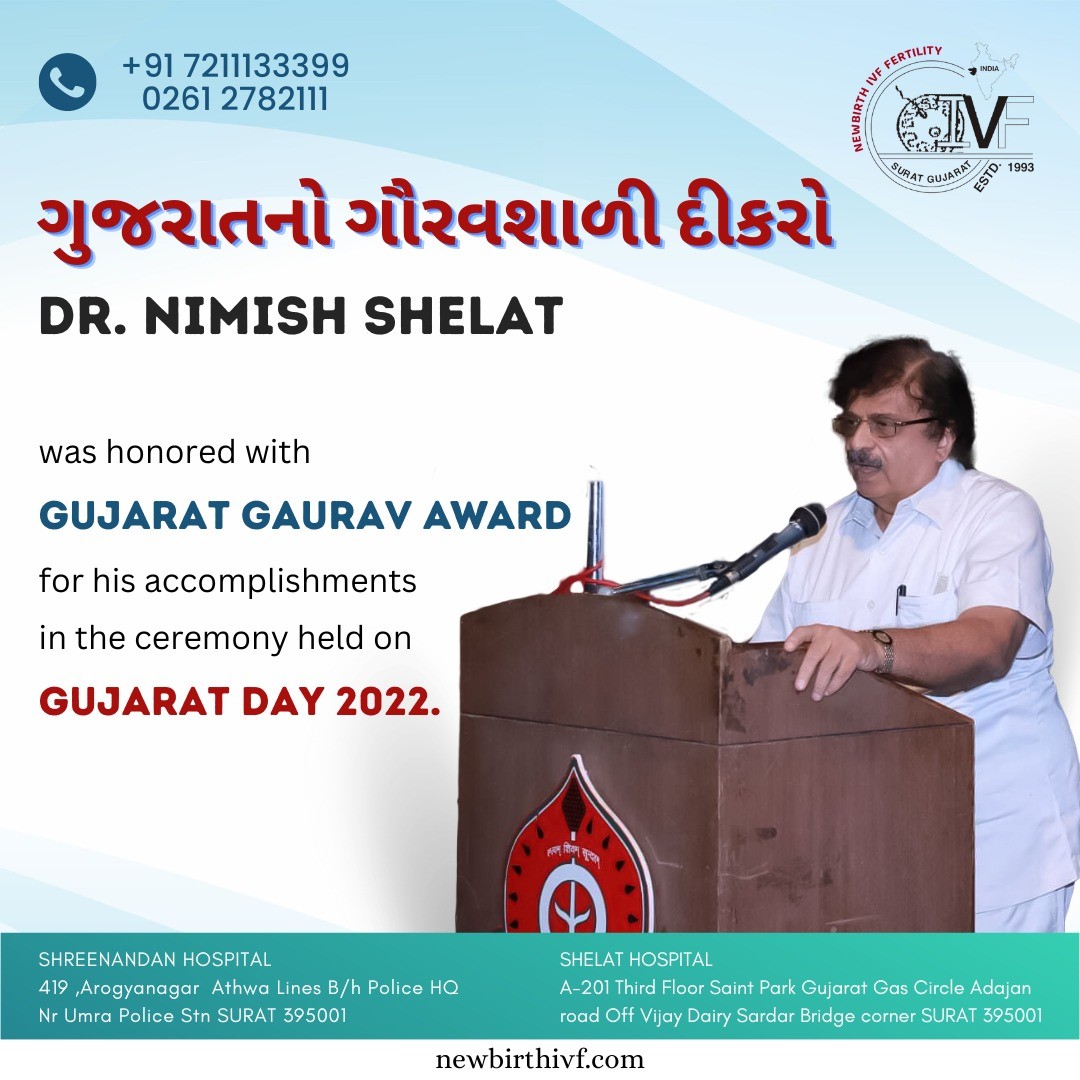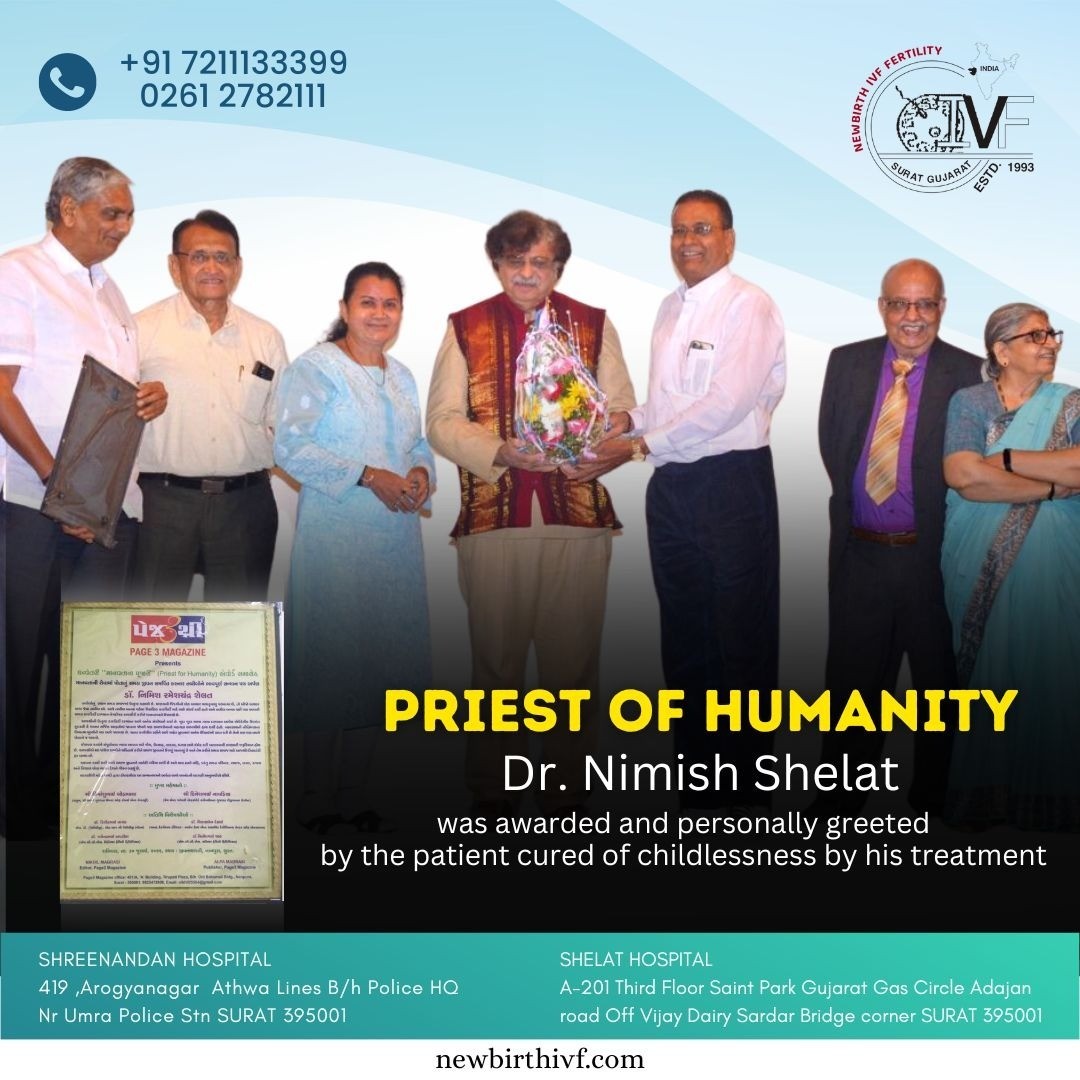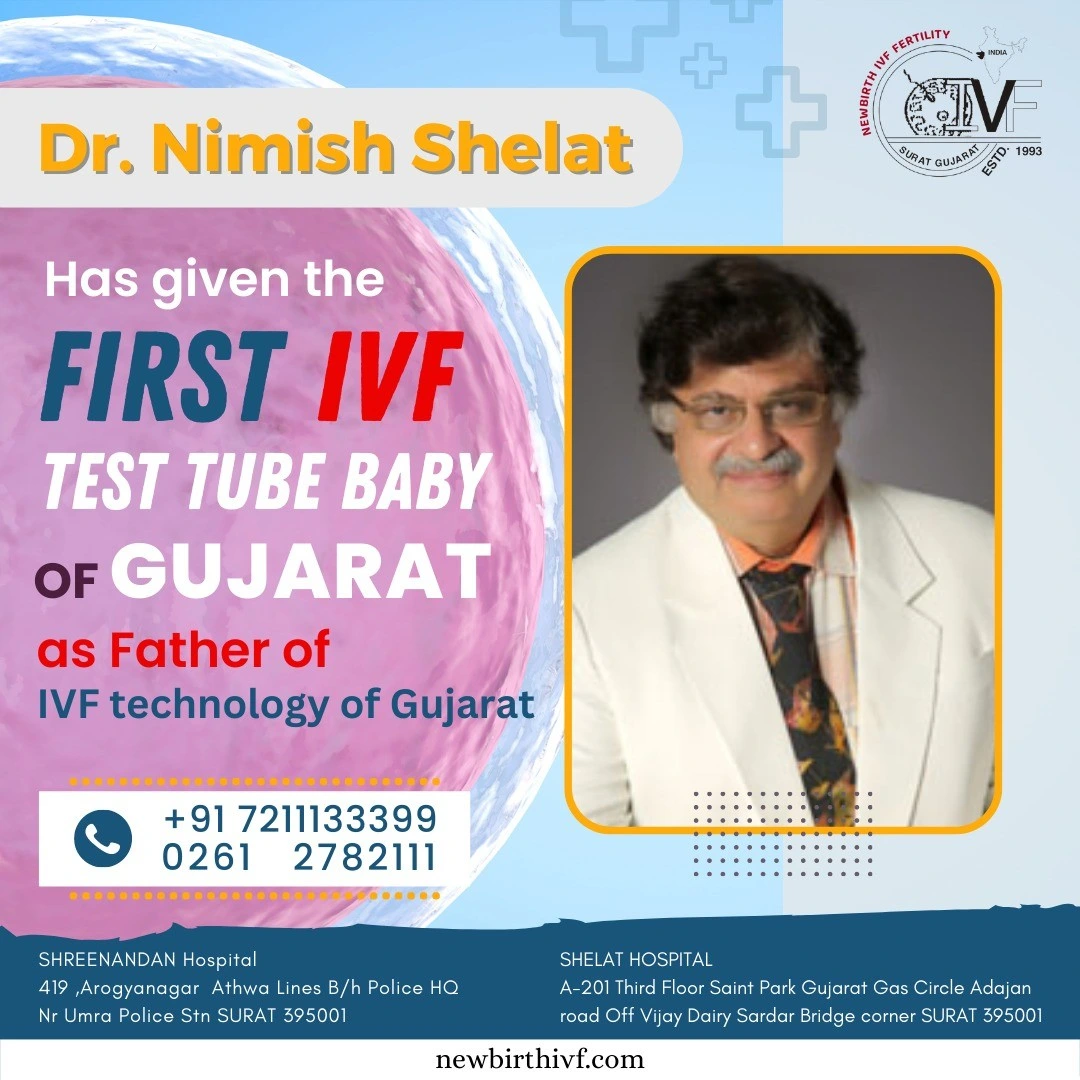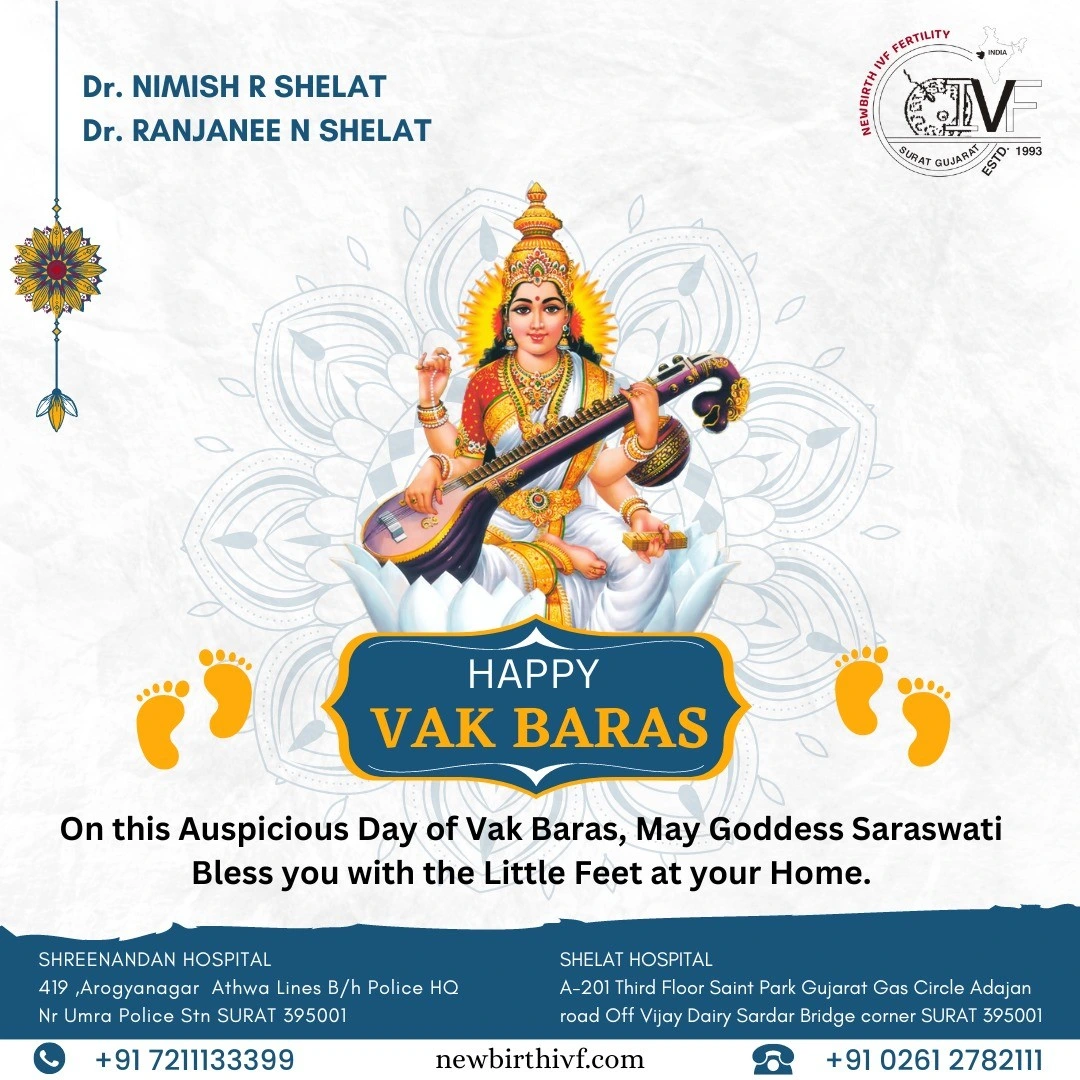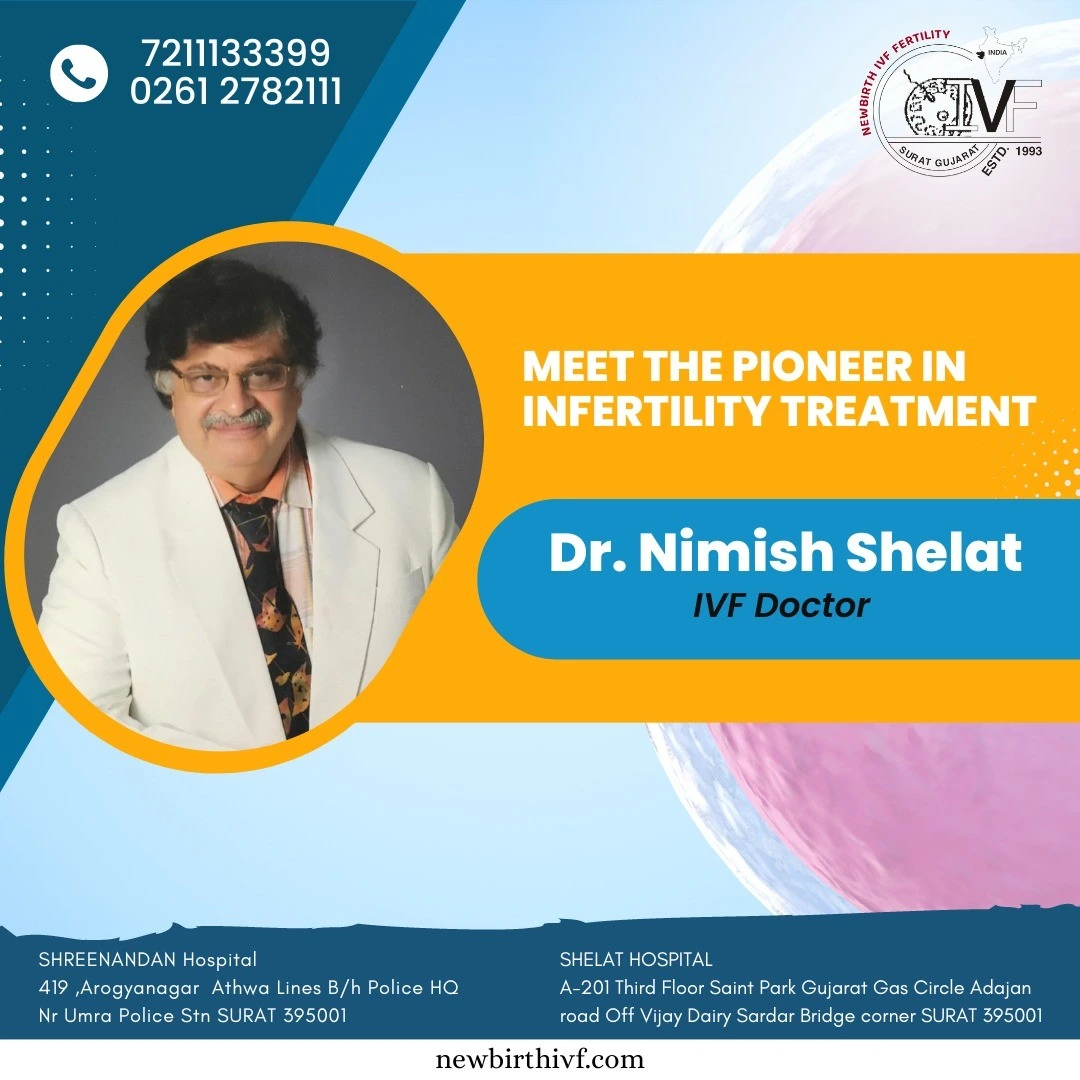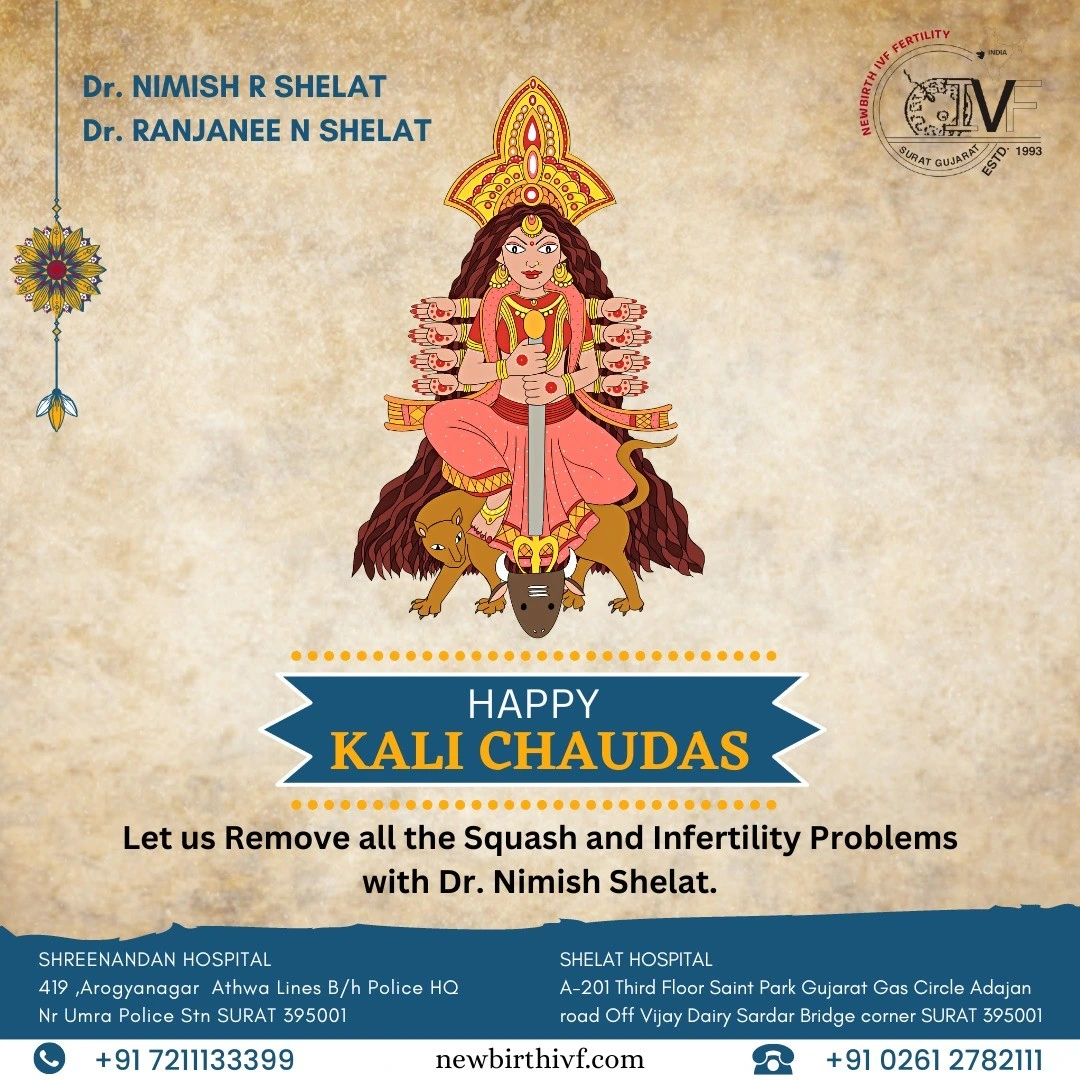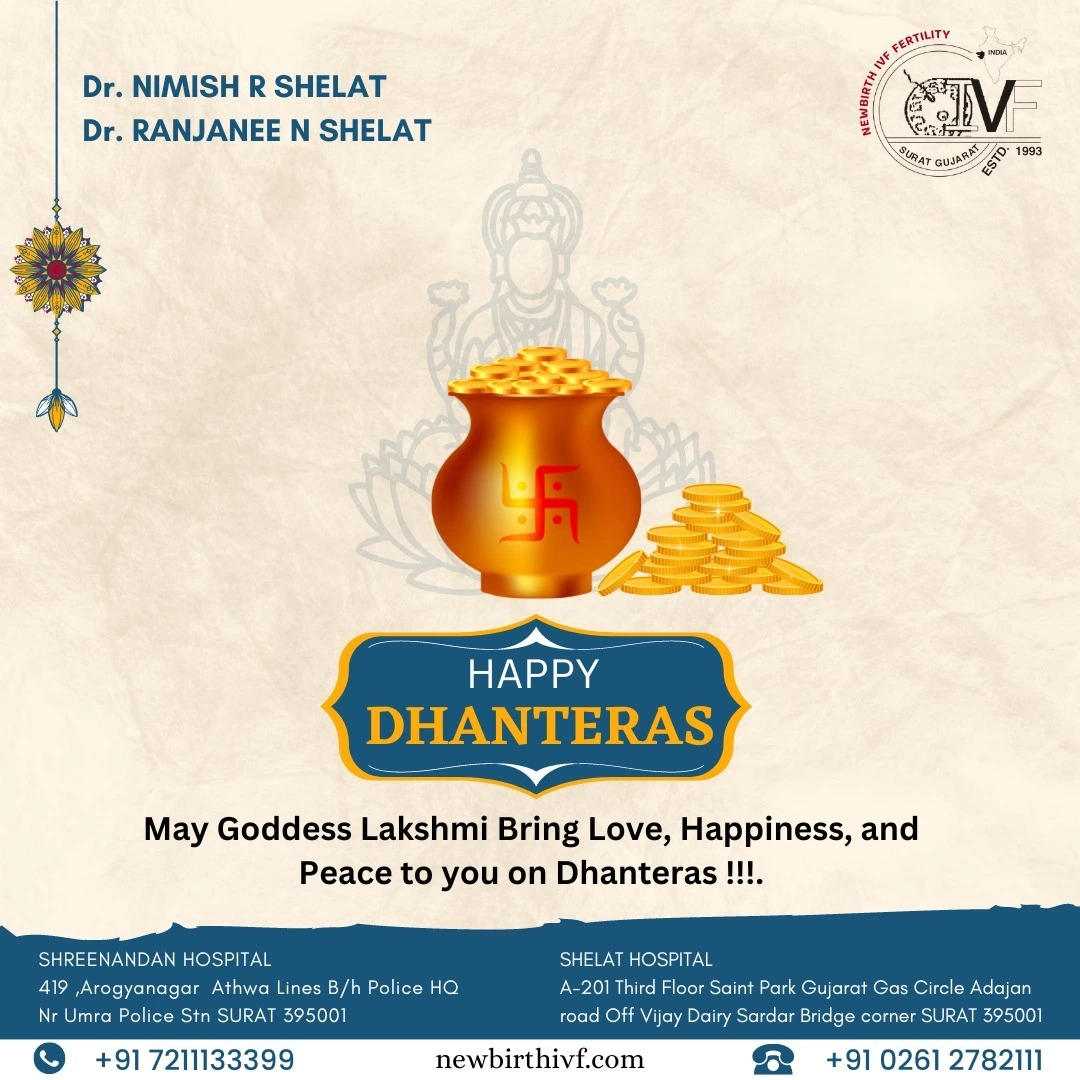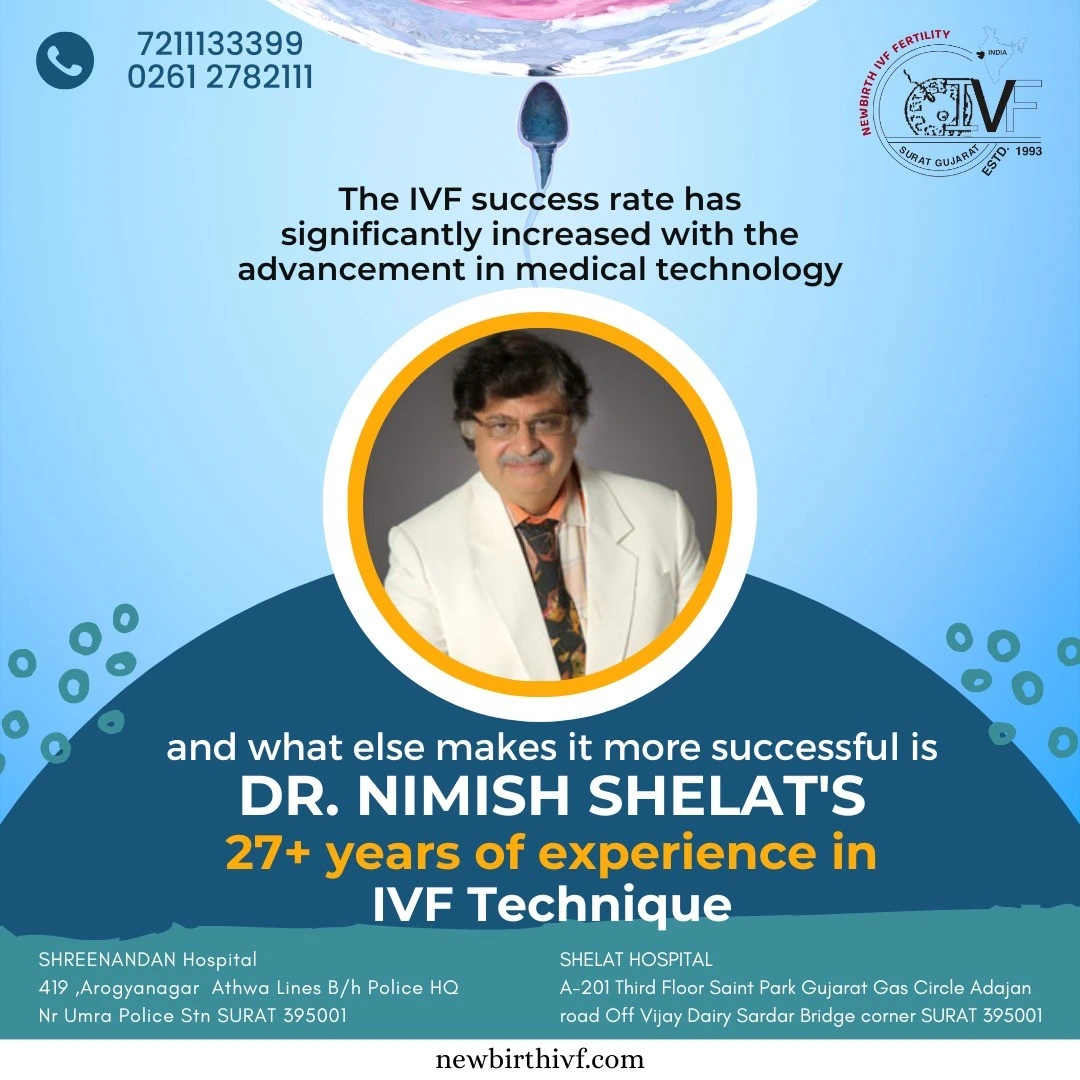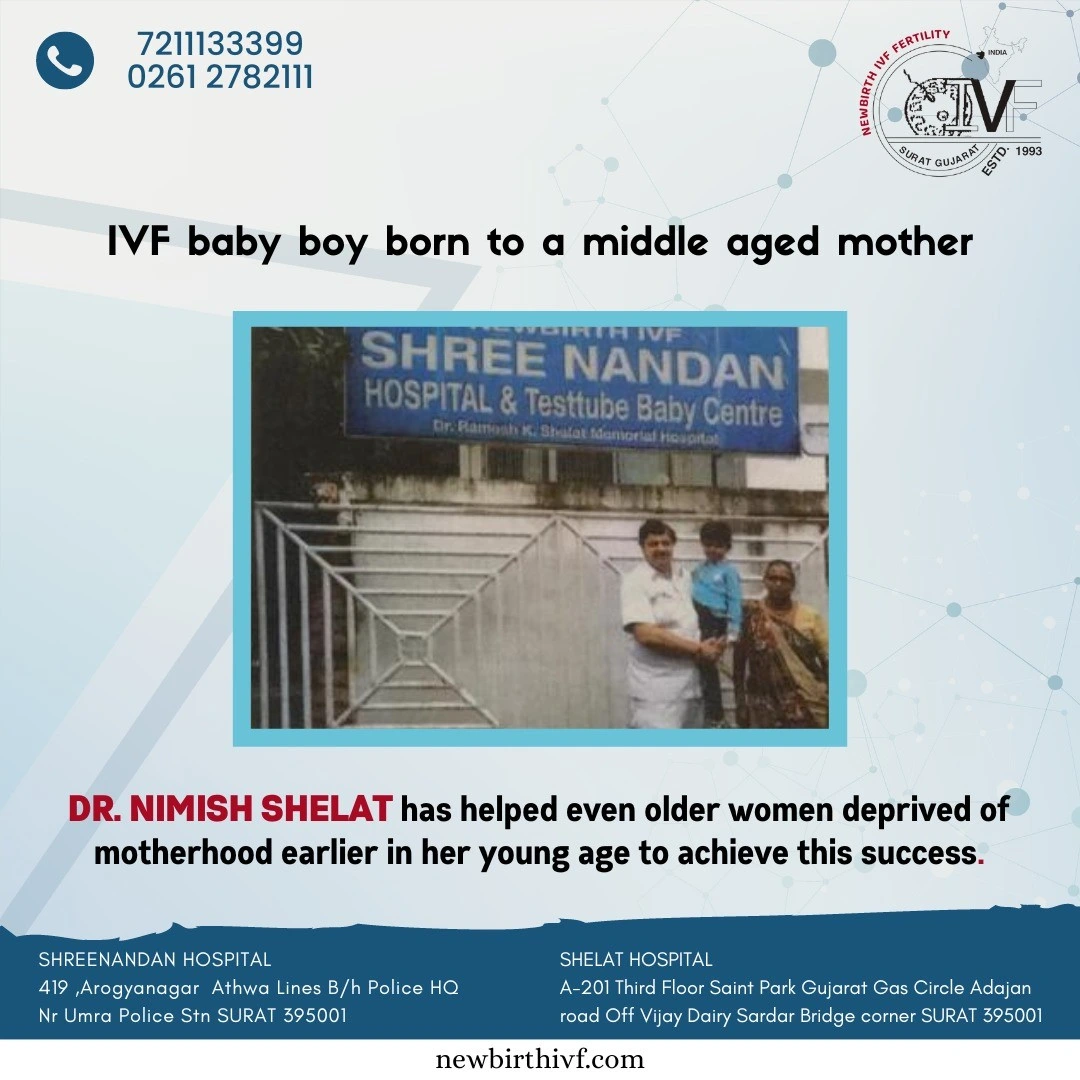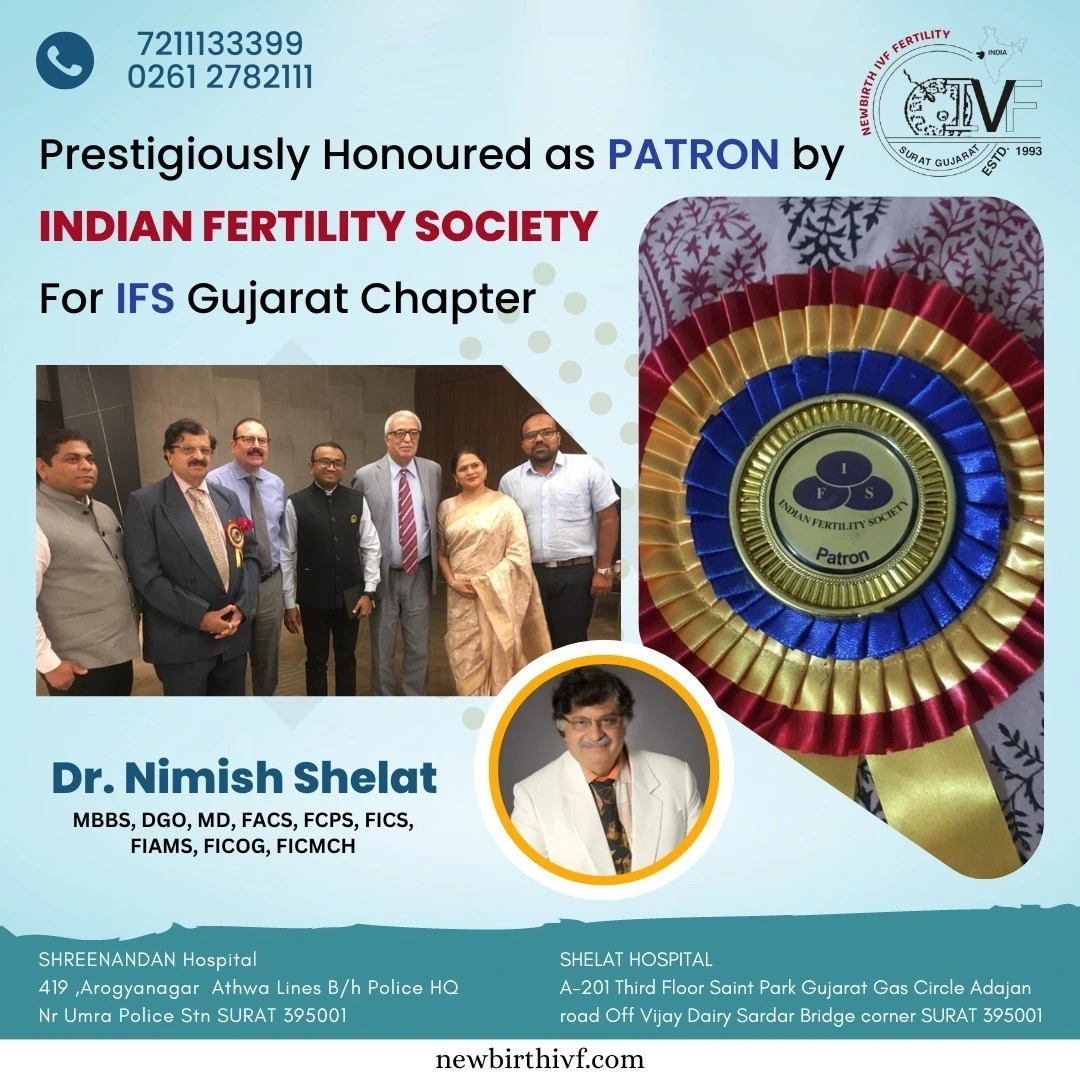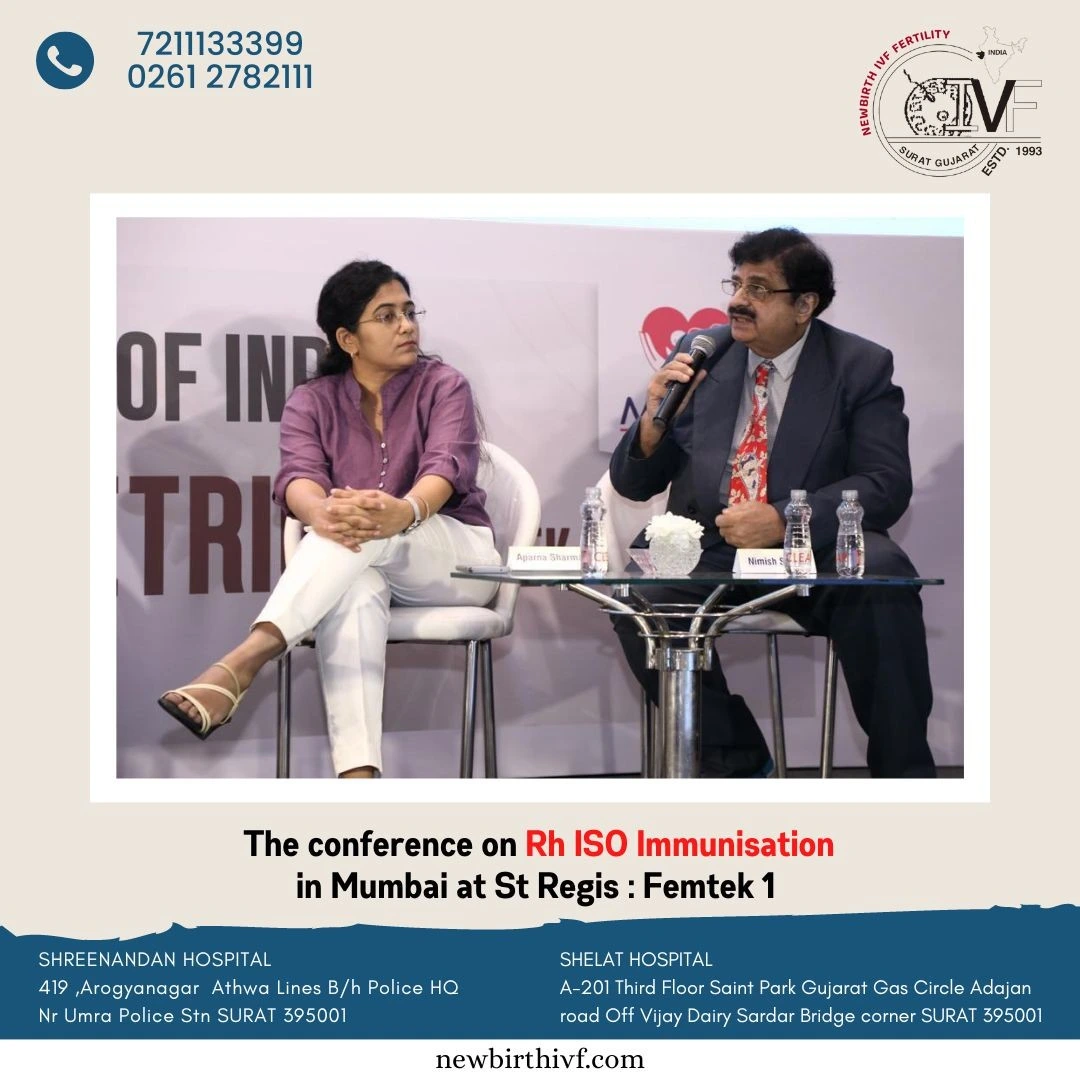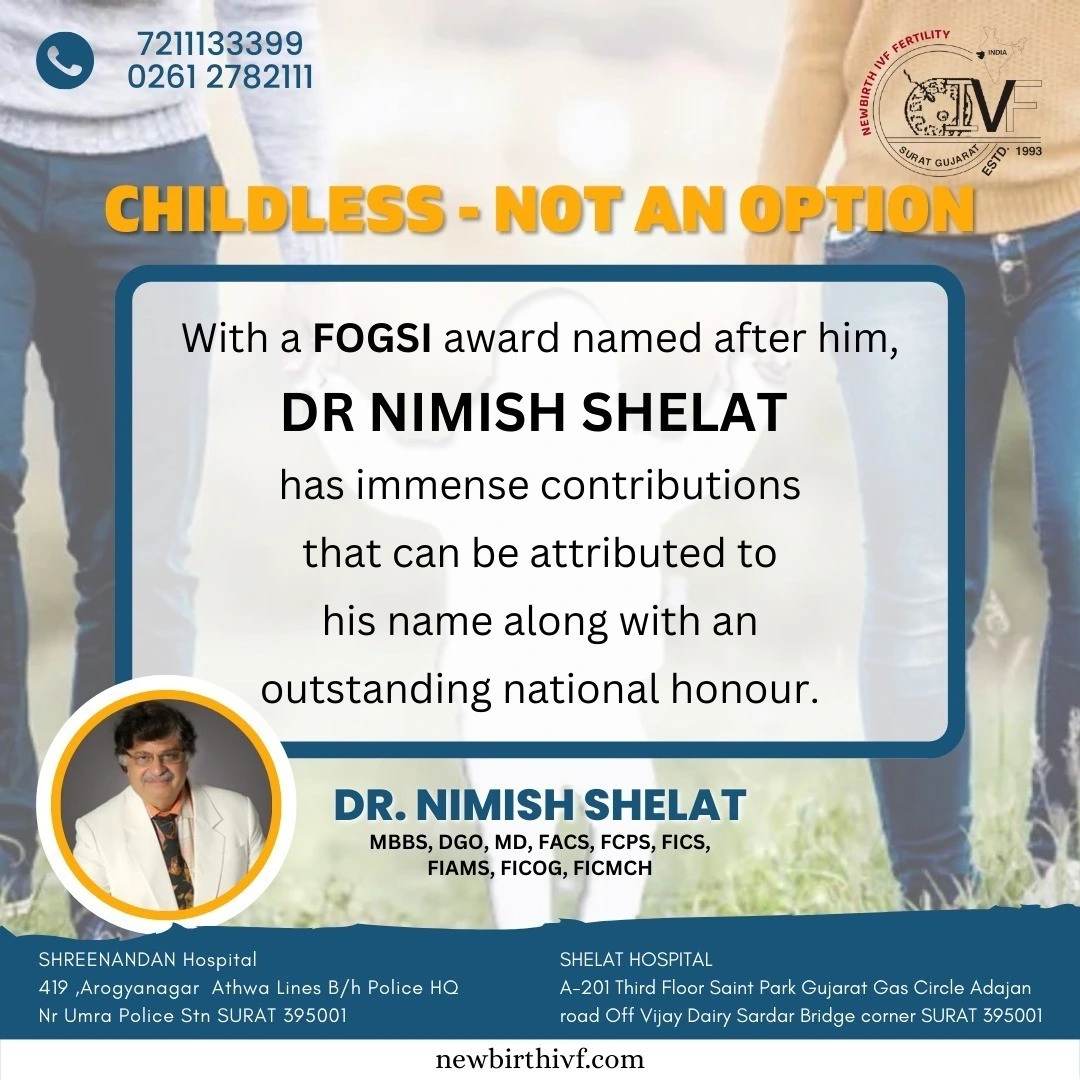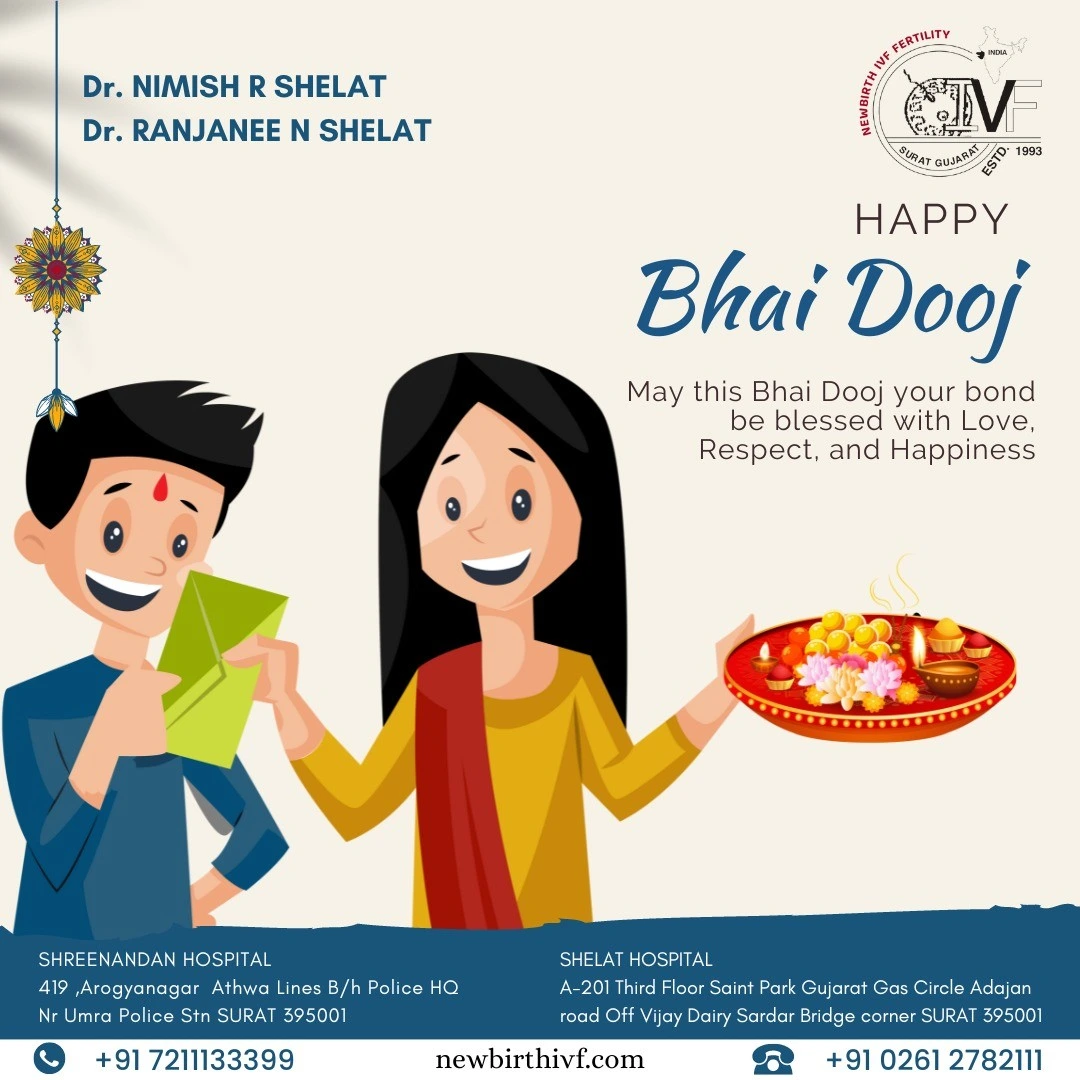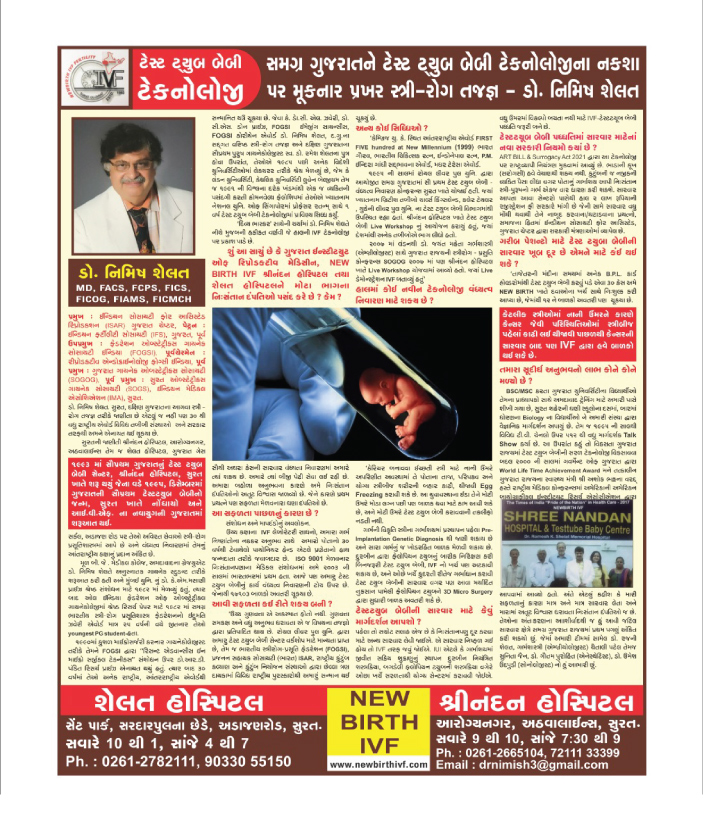+91 72 111 333 99
24 hours emergency assistance call us
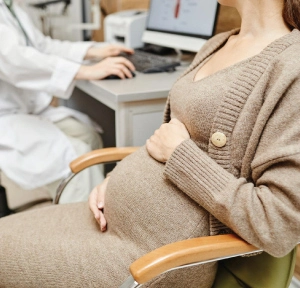
Working Time
Monday – Friday | 8:00 to 17:00
Saturday | 9:30 to 17:30
Sunday | 9:30 to 15:00
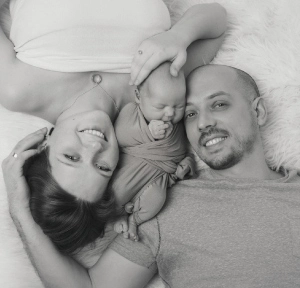
ShreeNandan Hospital
419 Arogyanagar, Athwa Lines, B/H Police HQ, Nr.Umra Police Stn, Surat-395001
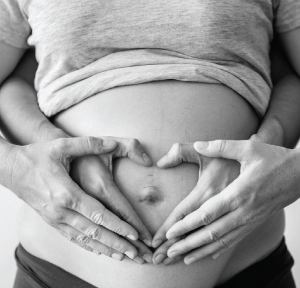
Shelat Hospital
A-201 Third Floor, Saint Park, Gujarat Gas Circle, Adajan Road, Opp Vijay Dairy, Sardar Bridge Corner, Surat-395001
About Us
Welcome to Gujarat Institute of Reproductive Medicine ( NewBirthIVF Center Surat )
The first IVF baby in Ahmedabad was reported at the Ahmedabad OG Society in 1997, whereas the First IVF baby in Gujarat was born in Surat in December 1995 from the team led by Dr Nimish R Shelat and Dr Ranjanee N Shelat, reported by the Times of India, on record at the Surat OBGYN Society for advanced development in the state of Gujarat, which had faced the panicky epidemic just a year ago. This centre remains the epitome of scientific challenges and breakthroughs that were achieved despite all odds and did not escape due recognition. The American Biographical Research Institute Research Association (ABIRA) Conferred its most prestigious World Lifetime Achievement award in 2000 through the Govt of Gujarat, Ministry of Health, from the hands of Honourable Health Minister Shri Ashok Bhatt at the 7th National Congress of Juvenile and Adolescent Gynaecology and Obstetrics, at Surat in January 2000, to the pioneer of IVF technologies on the map of Gujarat, Dr Nimish R Shelat.
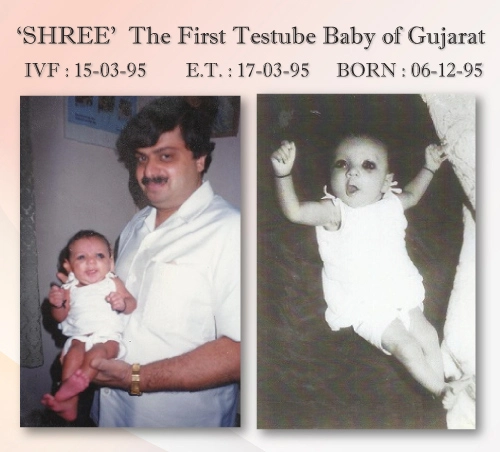
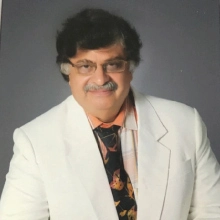
Our Treatment
Gentle Care, Advanced Medicine, Close to Home
WE ARE HERE FOR YOU
Dedicated to Healing and Providing Possible Cure.
Gujarat Institute of Reproductive Medicine is a modern service provider specializing in IVF and the follow-through of treatment in Surat and in major Gujarat cities.
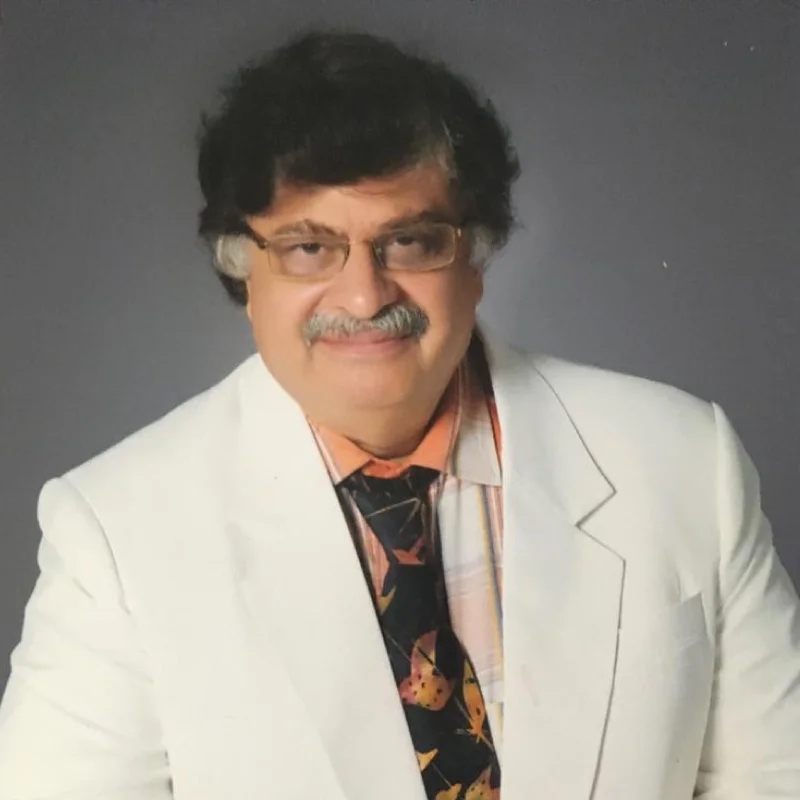
Dr. Nimish Shelat
We are Advancing Towards Medical Excellence
Testimonials
Our Patient’s Health is Our Wealth
95%
Happy Patients
FAQ's
You Ask We Answer
Kindly select the topic related to your query. If you don’t find the answer to your question, do fill out our contact form.
Some men are able to produce sperm in their testicles but for a number of reasons these sperm are notpresent in the ejaculate. This may be because a blockage is stopping the sperm from passing through the tubules.
Sperm recovered from the epididymis will be very similar to those that are ejaculated, except that they will be immature and therefore unlikely to be able to fertilise an egg at IVF. Sperm recovered from the testes will be even less mature than those recovered from the epididymis and so will also not be capable of fertilising an egg at IVF.
You will be asked to shave your testicles the night before the operation. You will also need to not eat anything from midnight and drink anything from 7 am on the day the operation.
Blogs
Explore some exciting insights about the human body
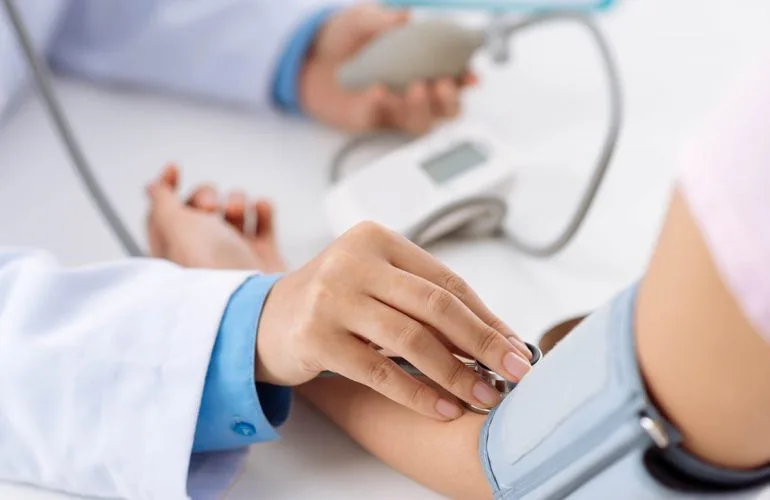
Can birth control cause infertility?
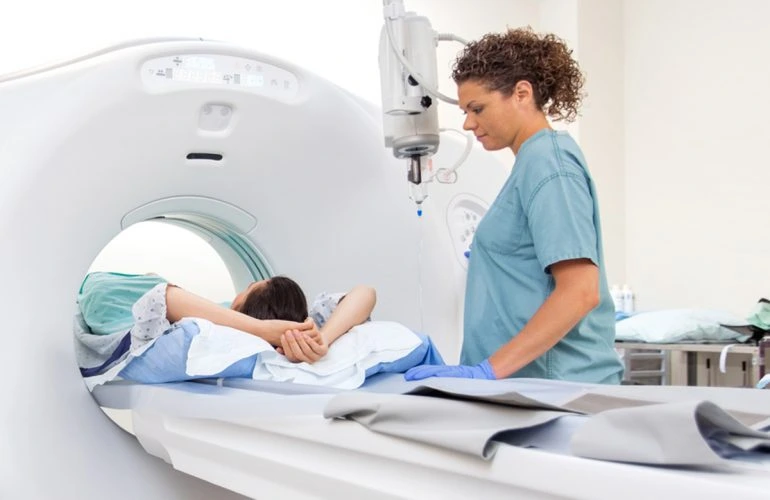
IVF: Dos and don’ts after embryo transfer
